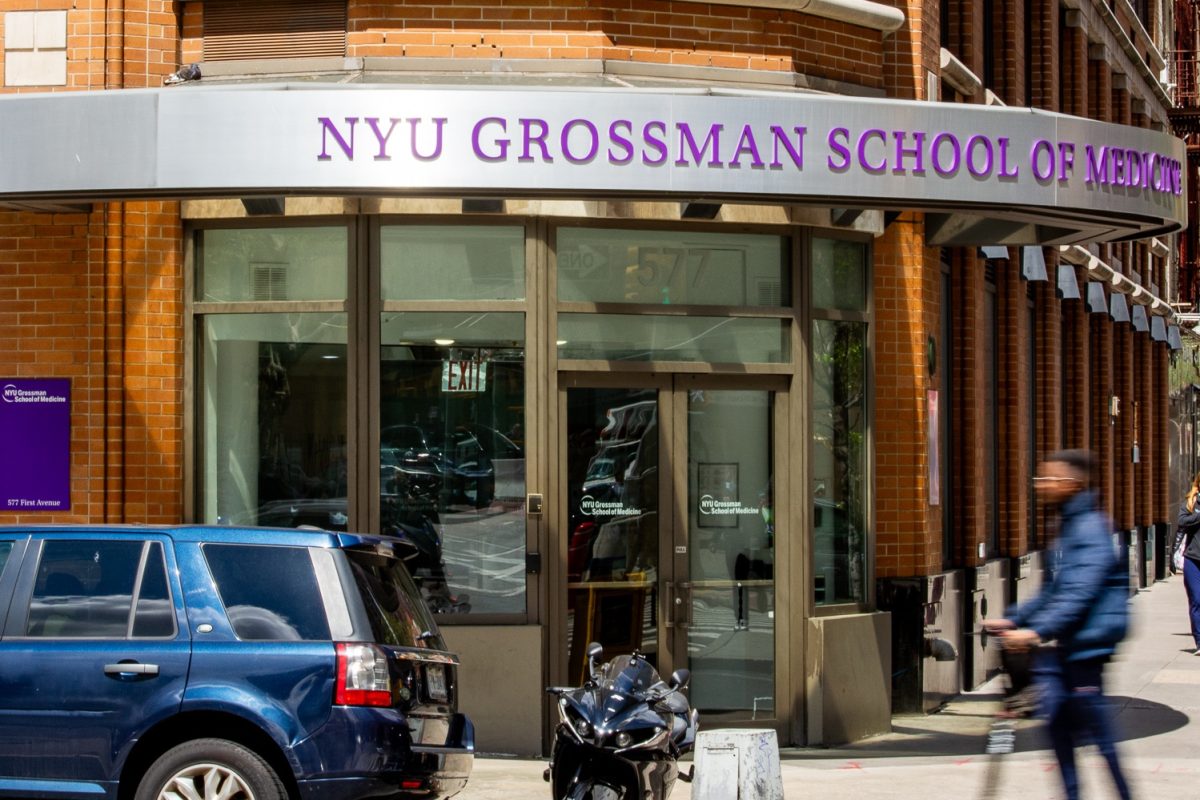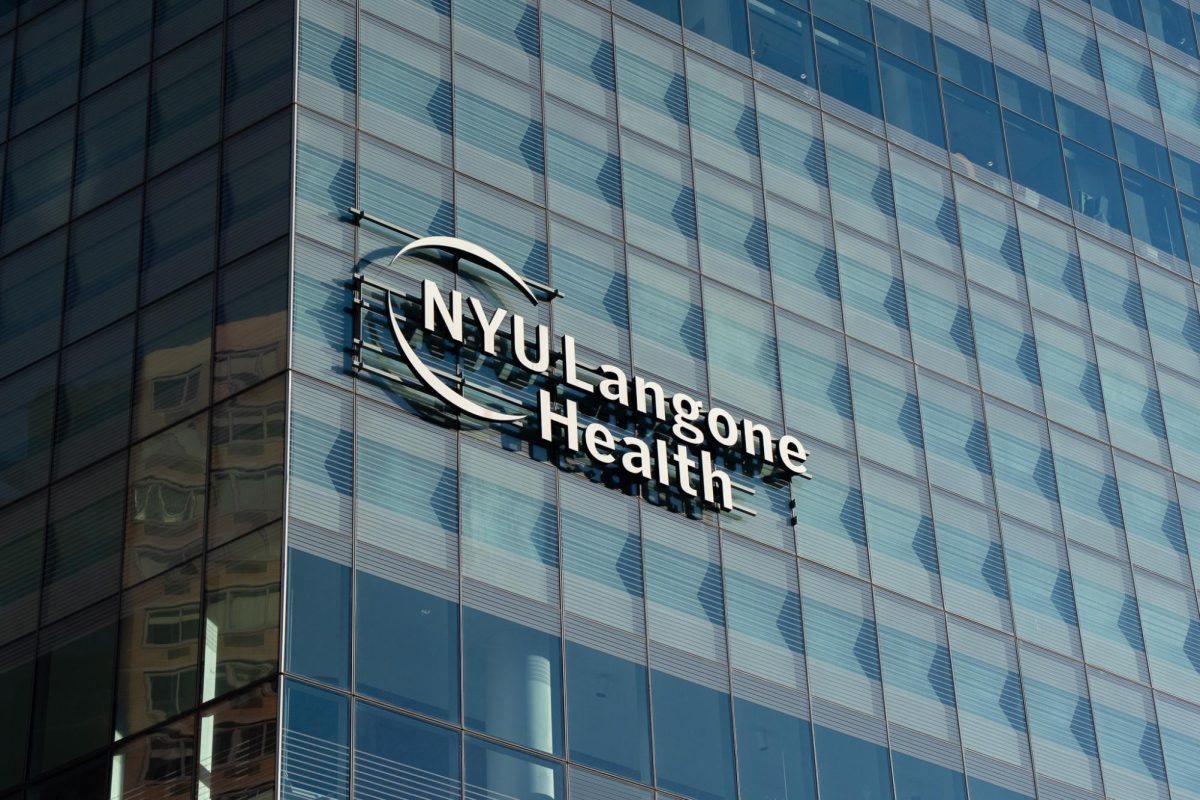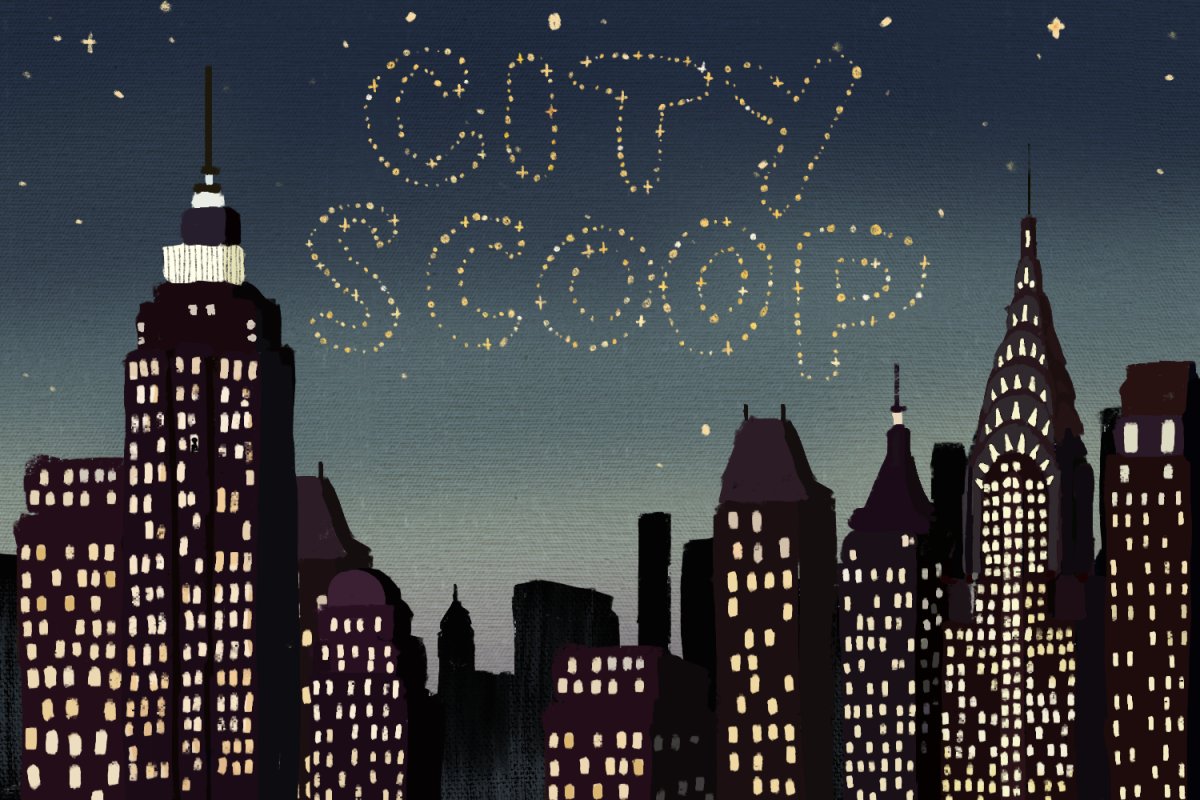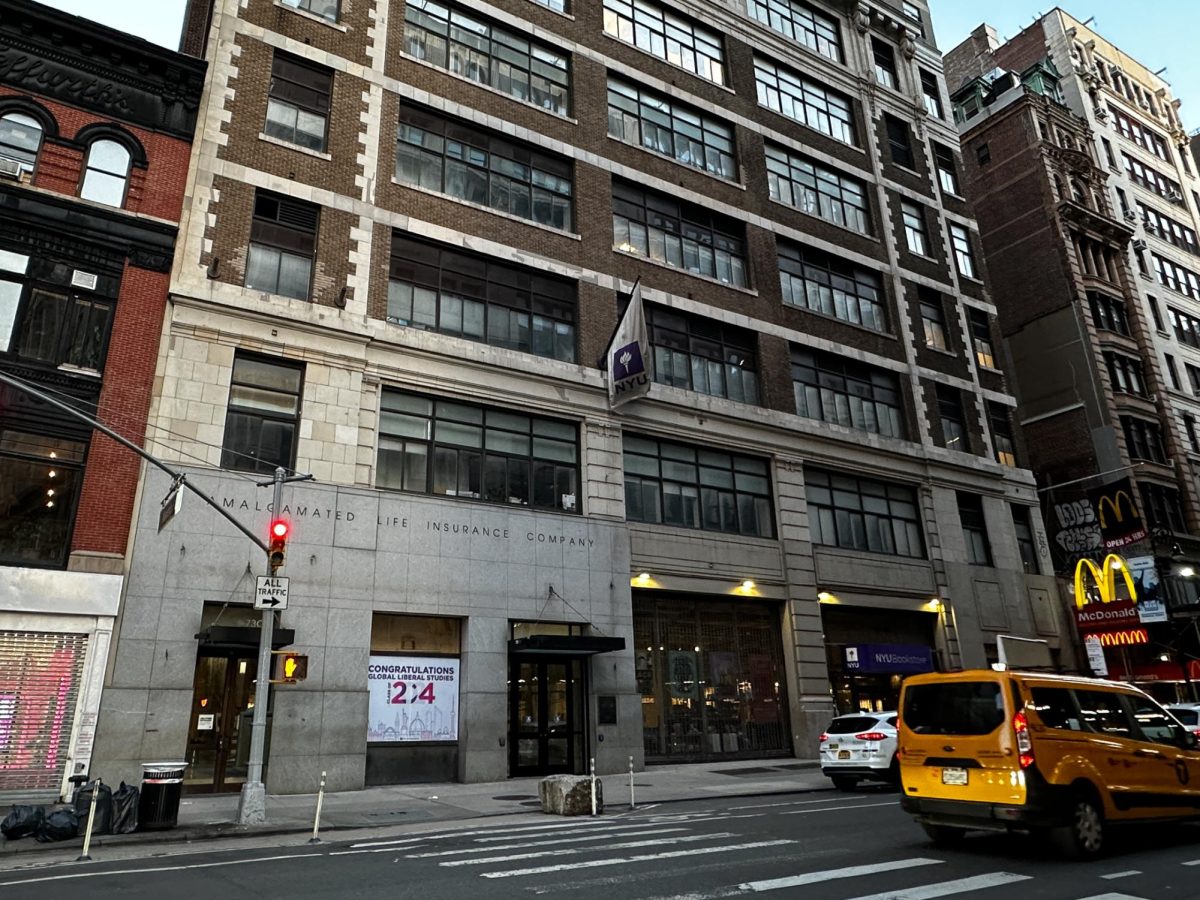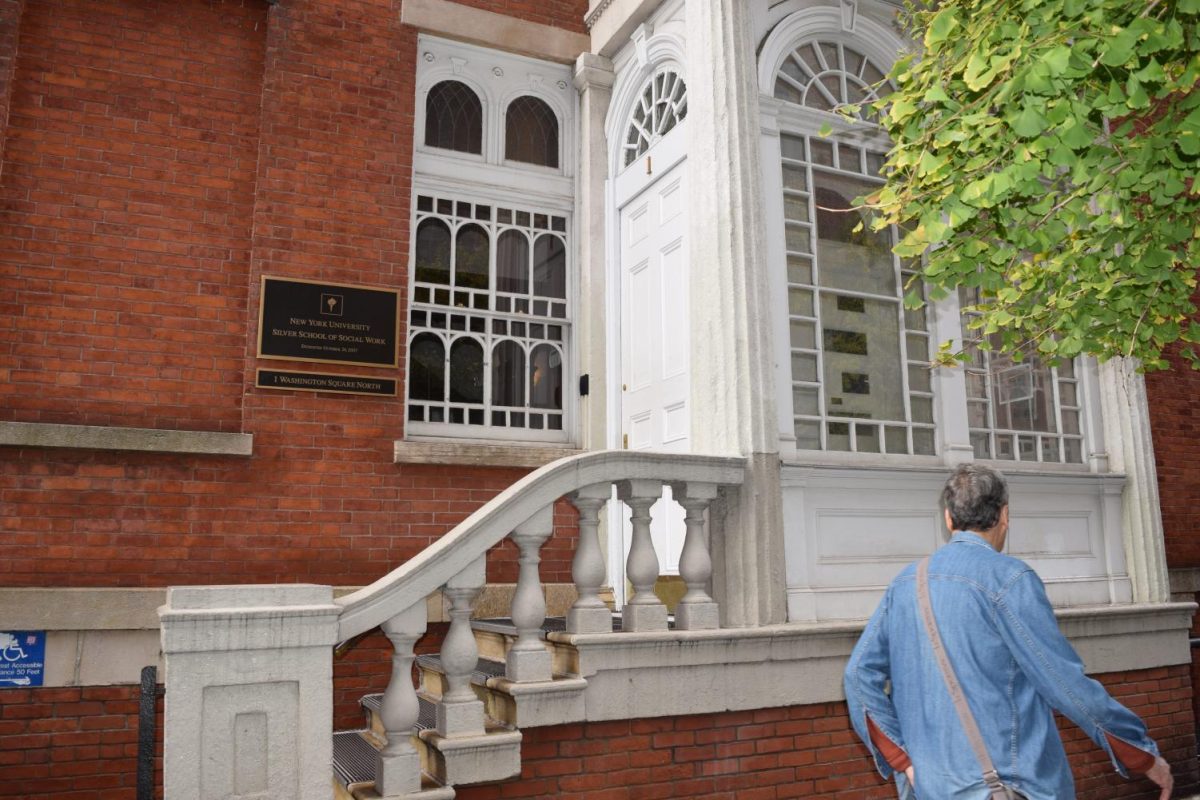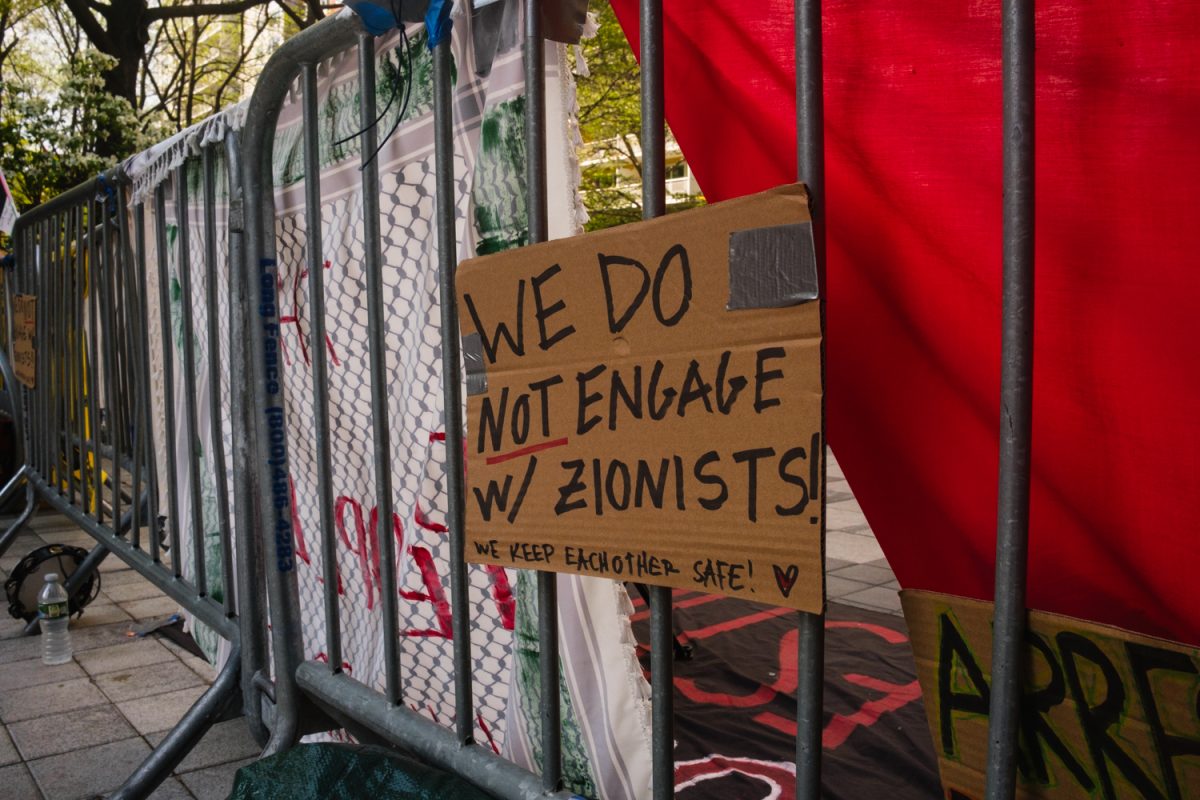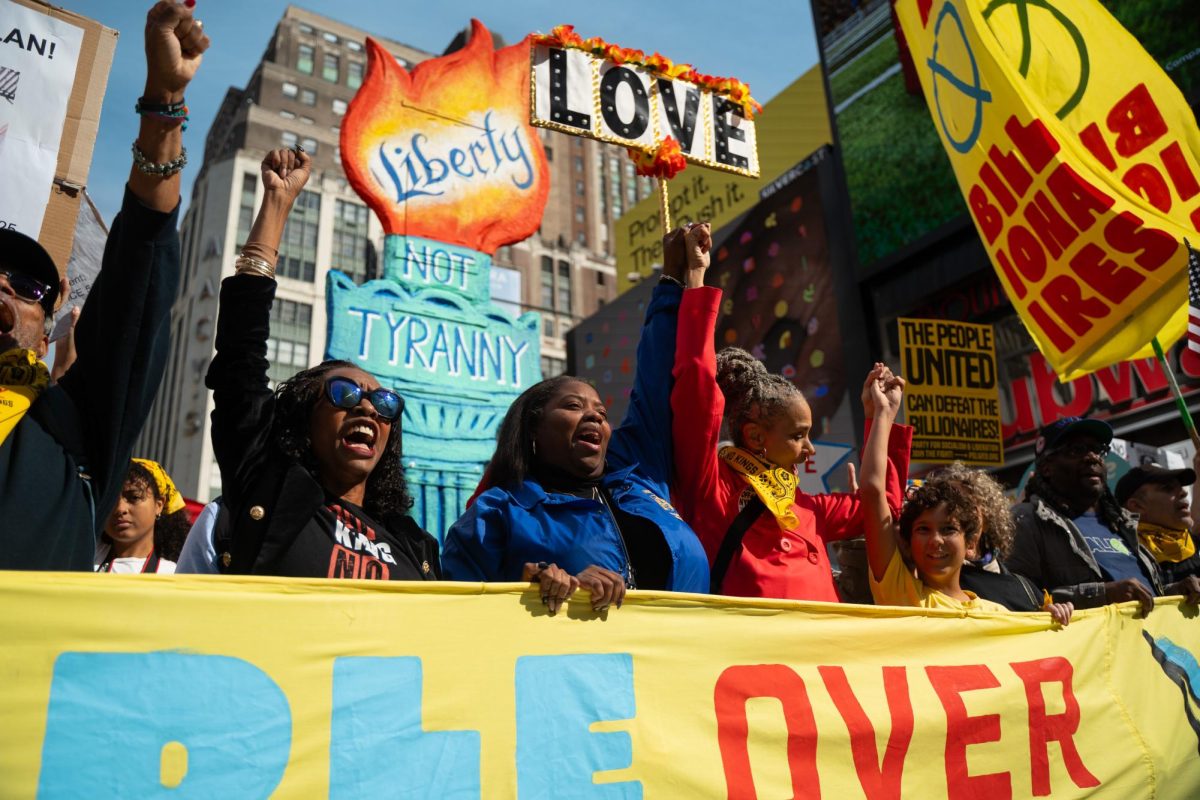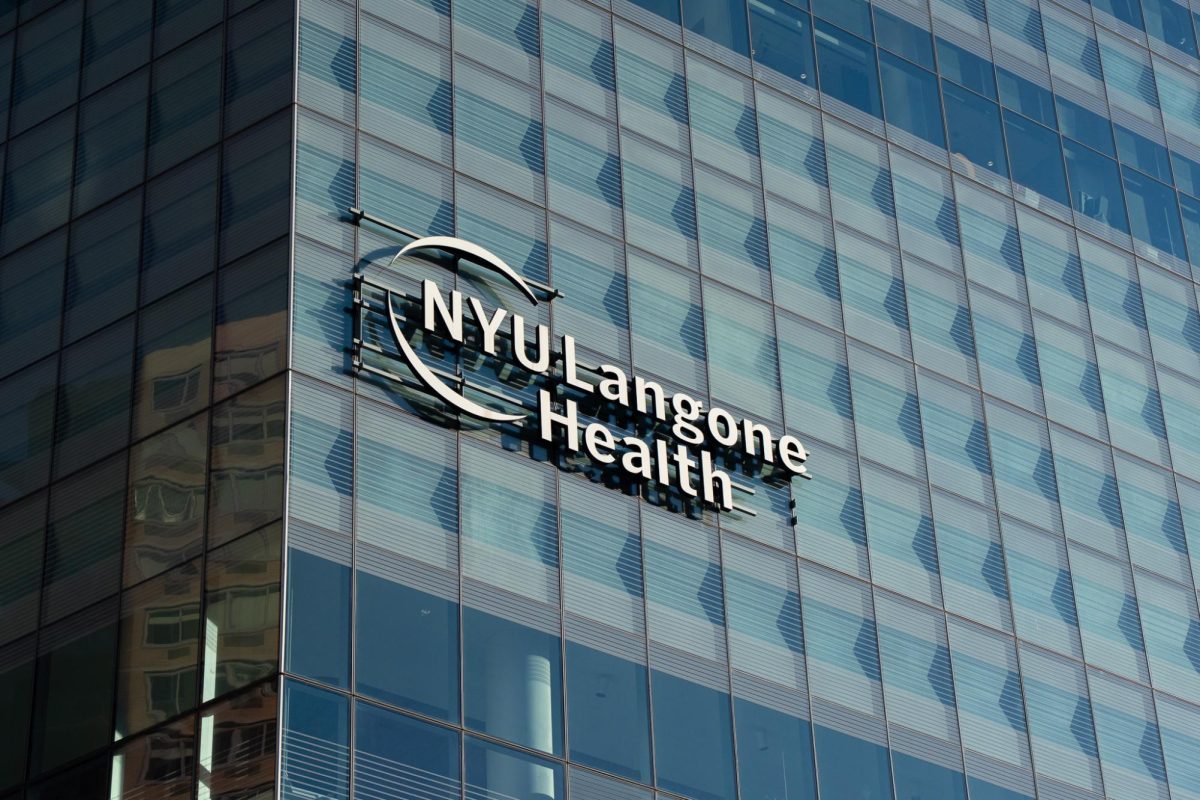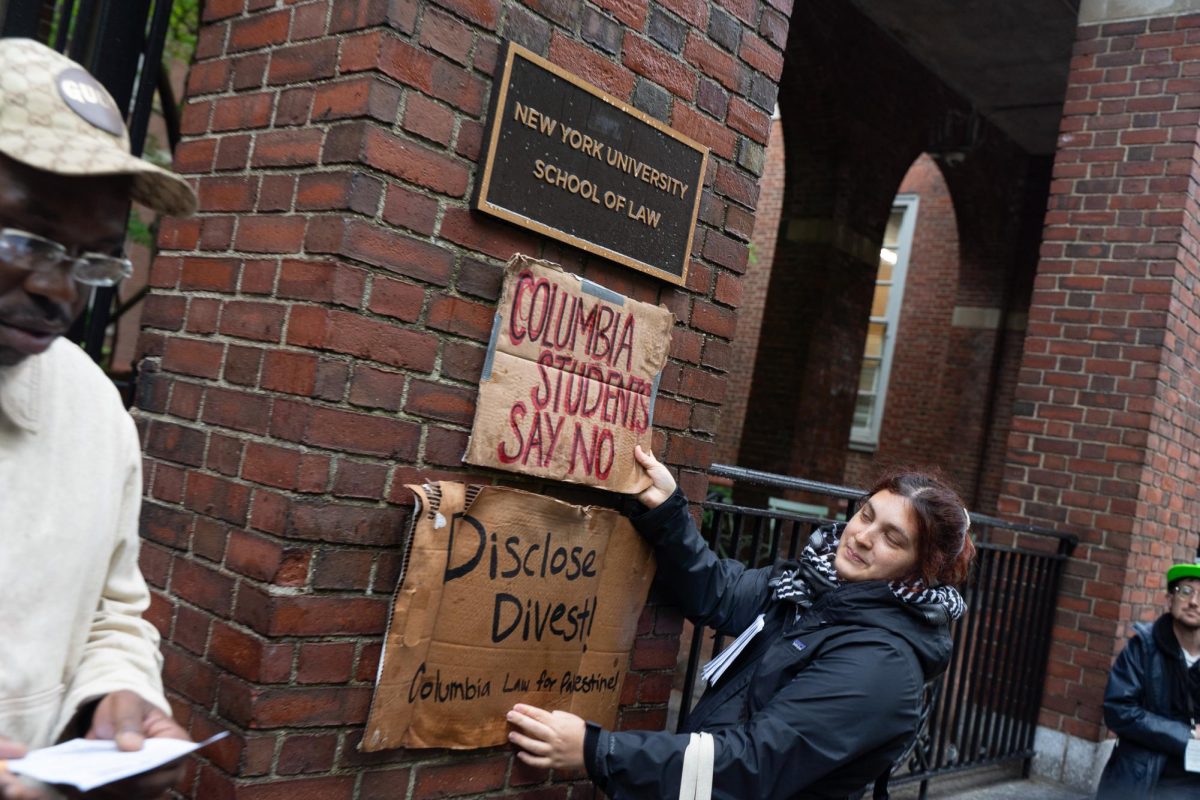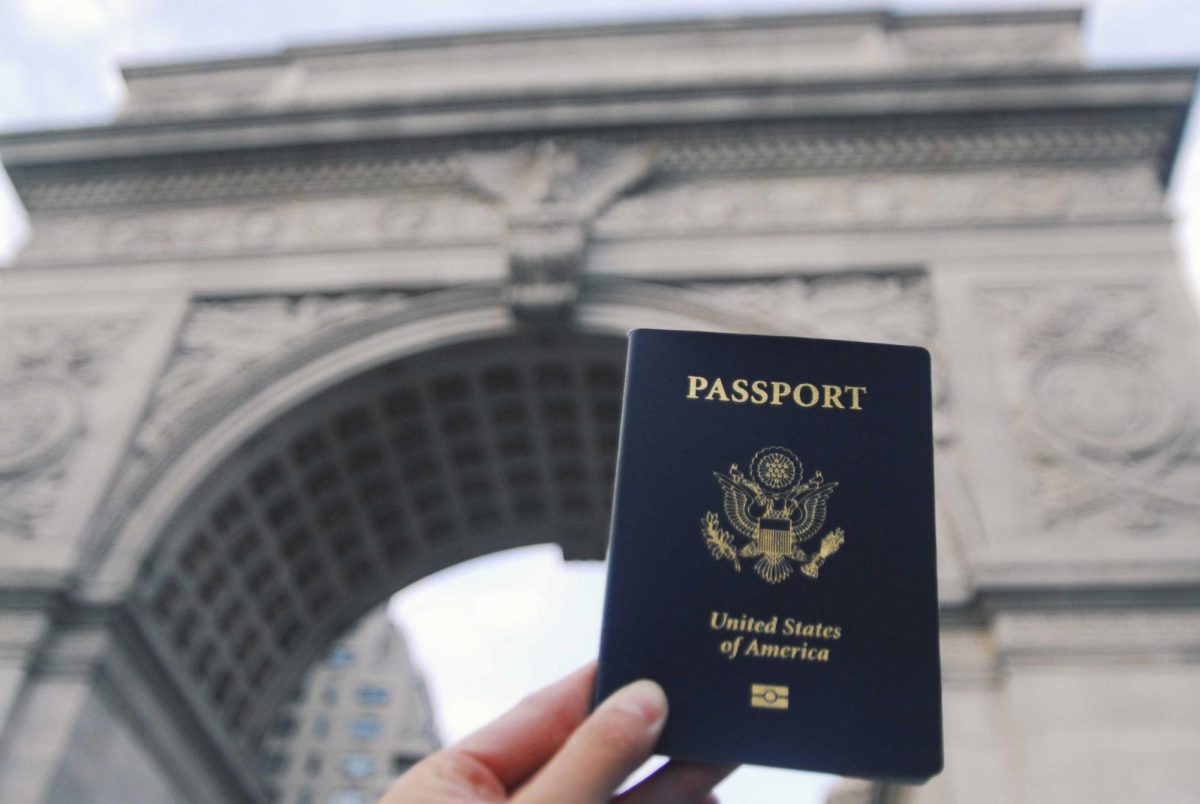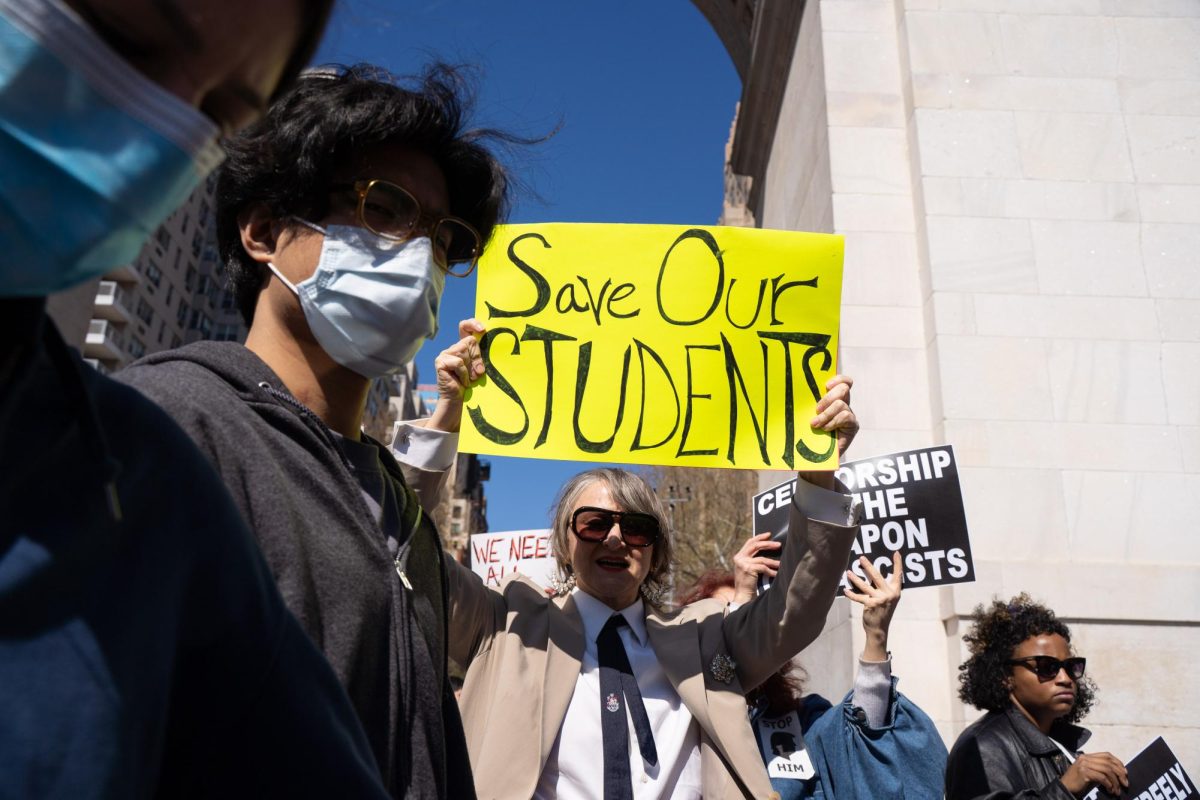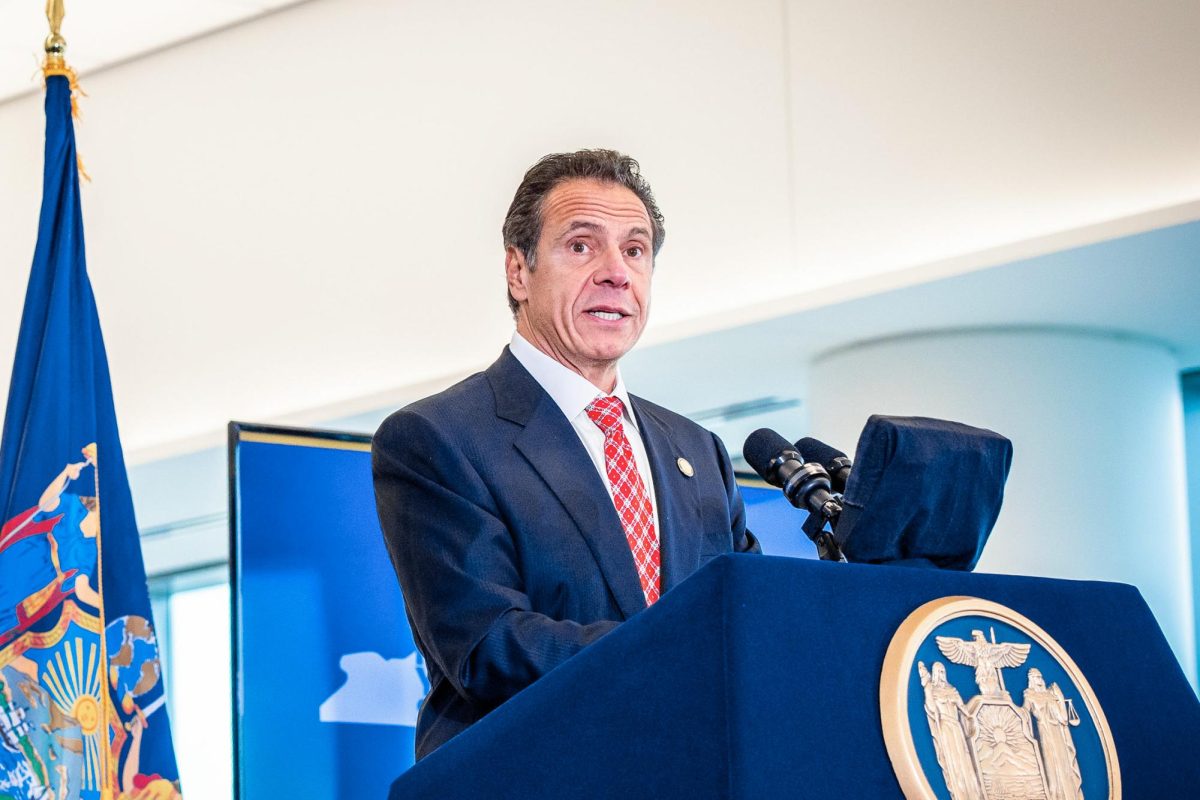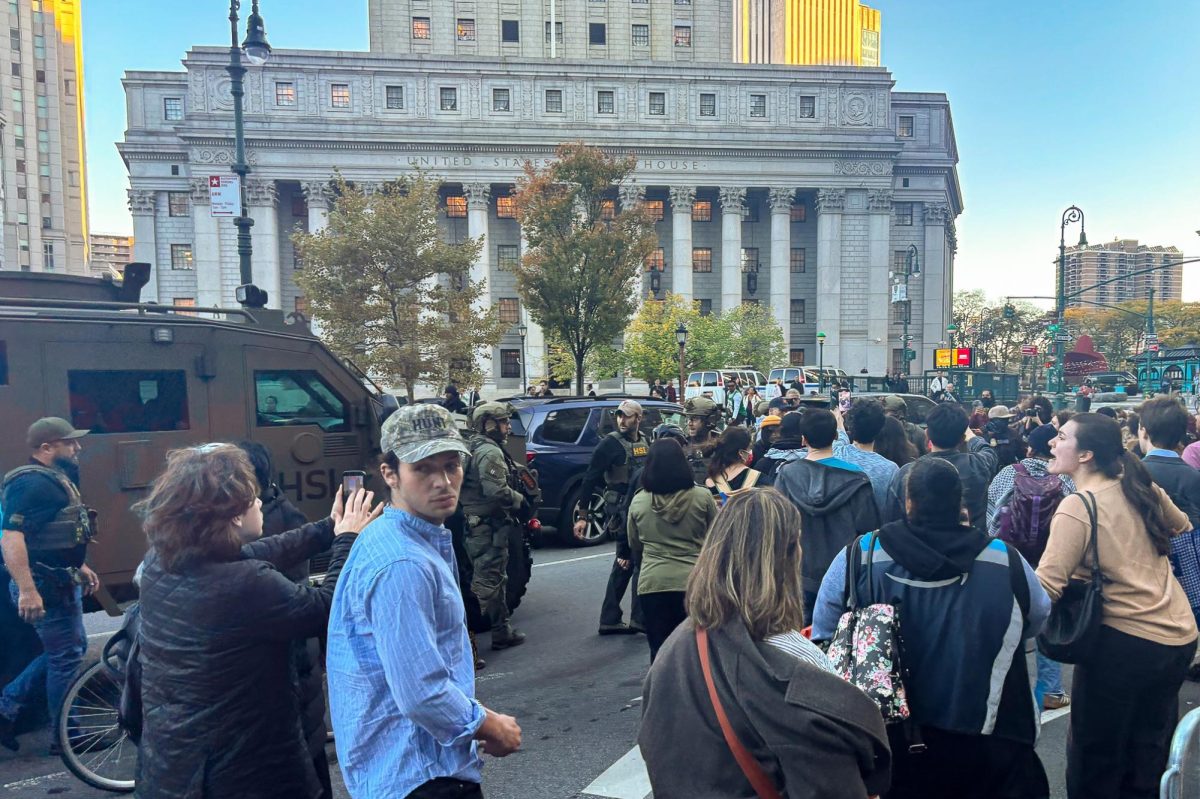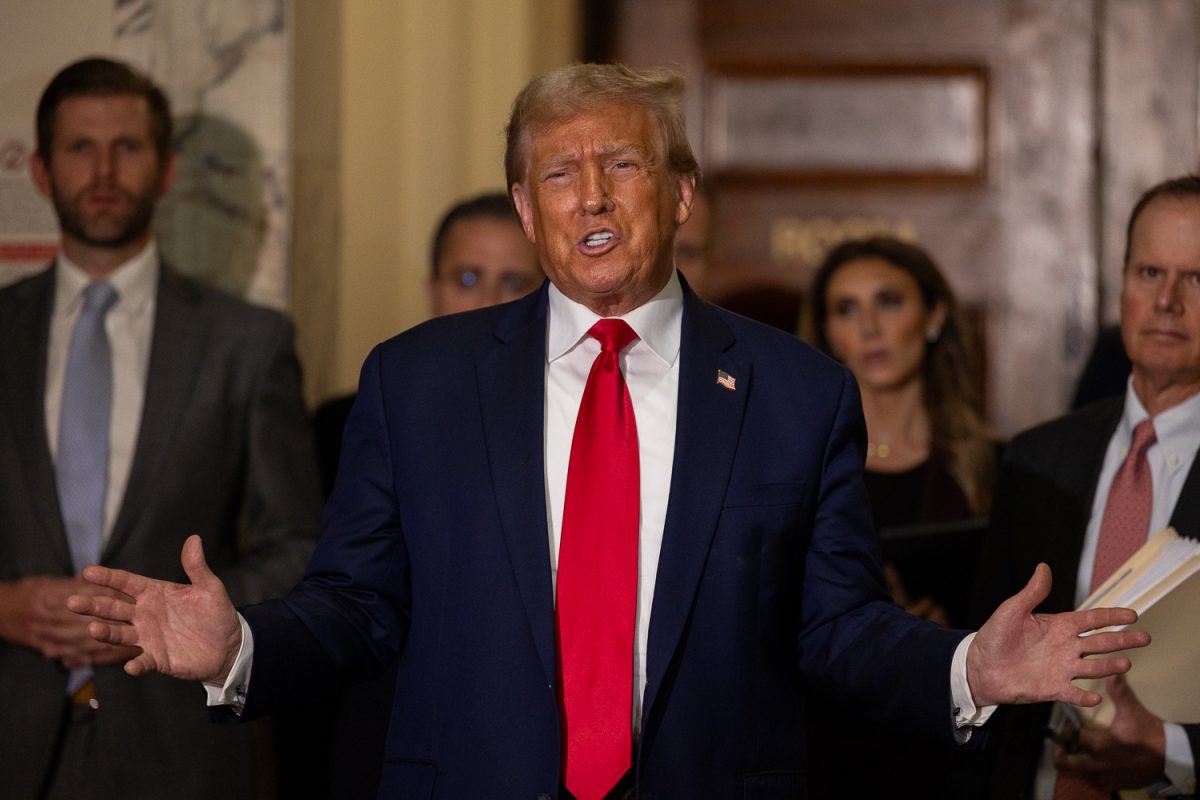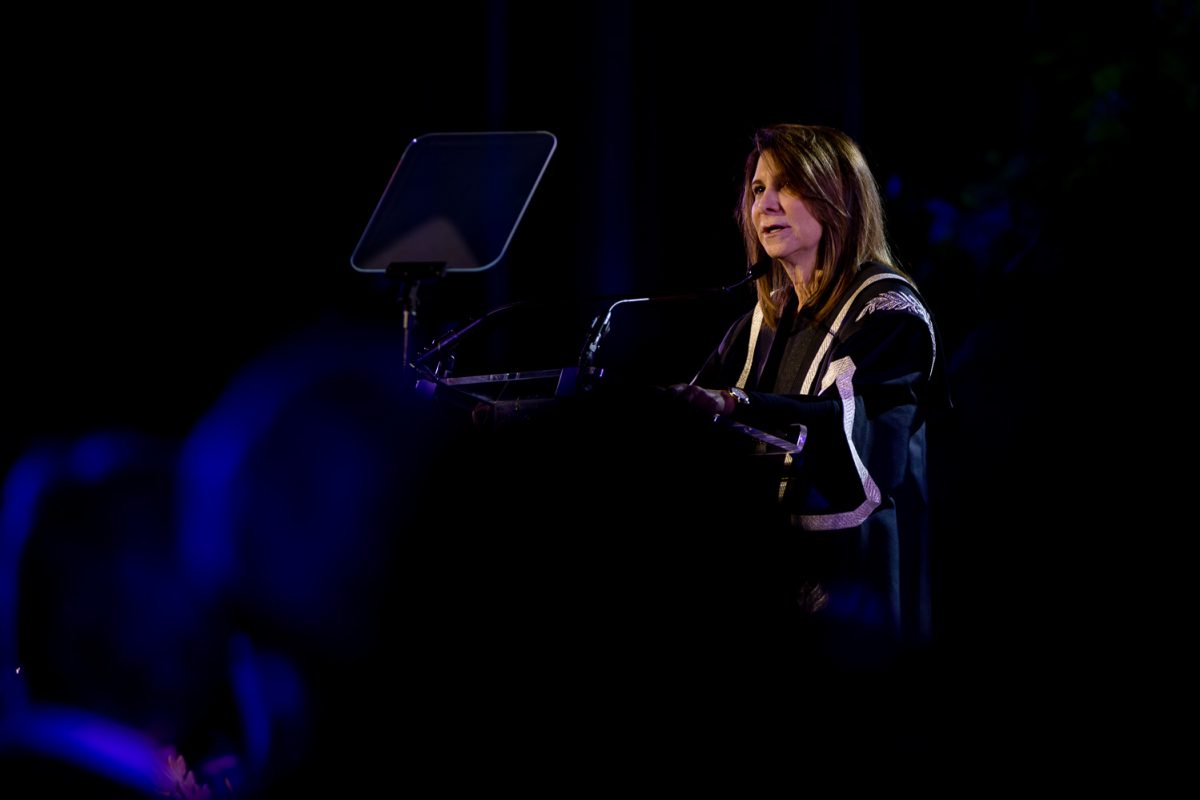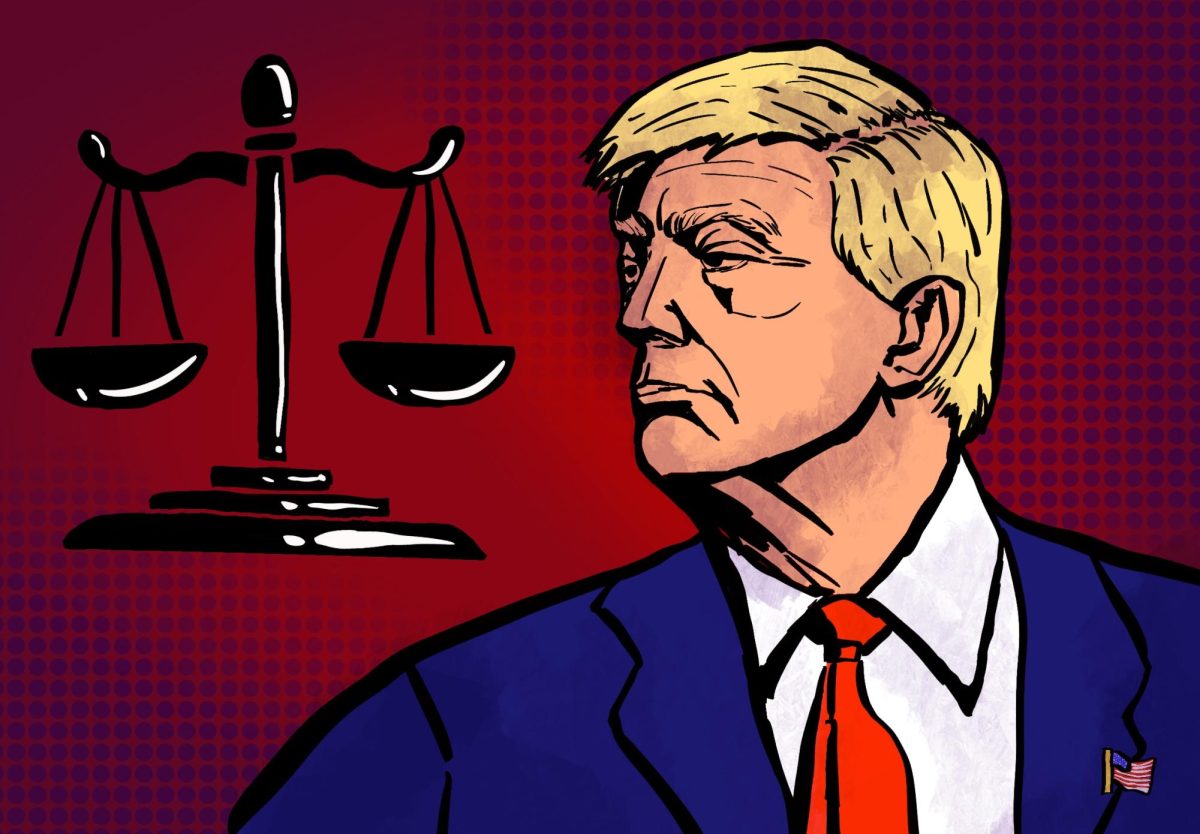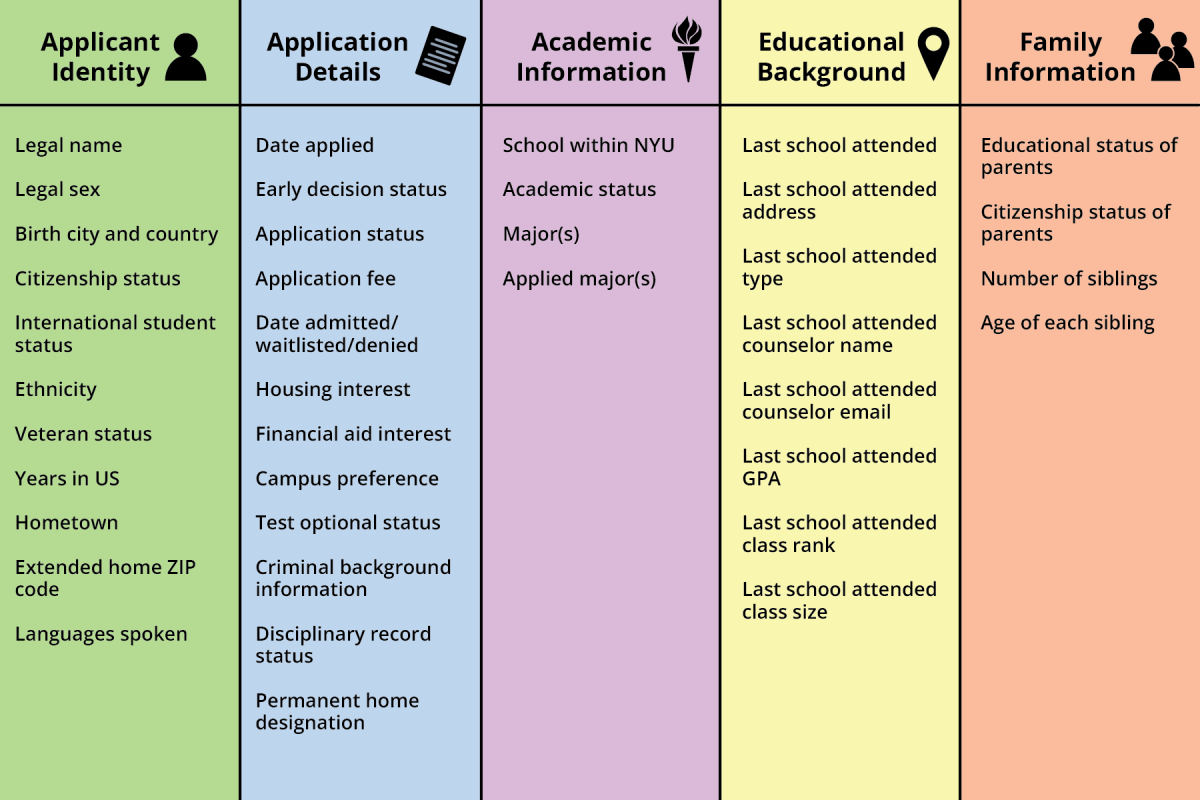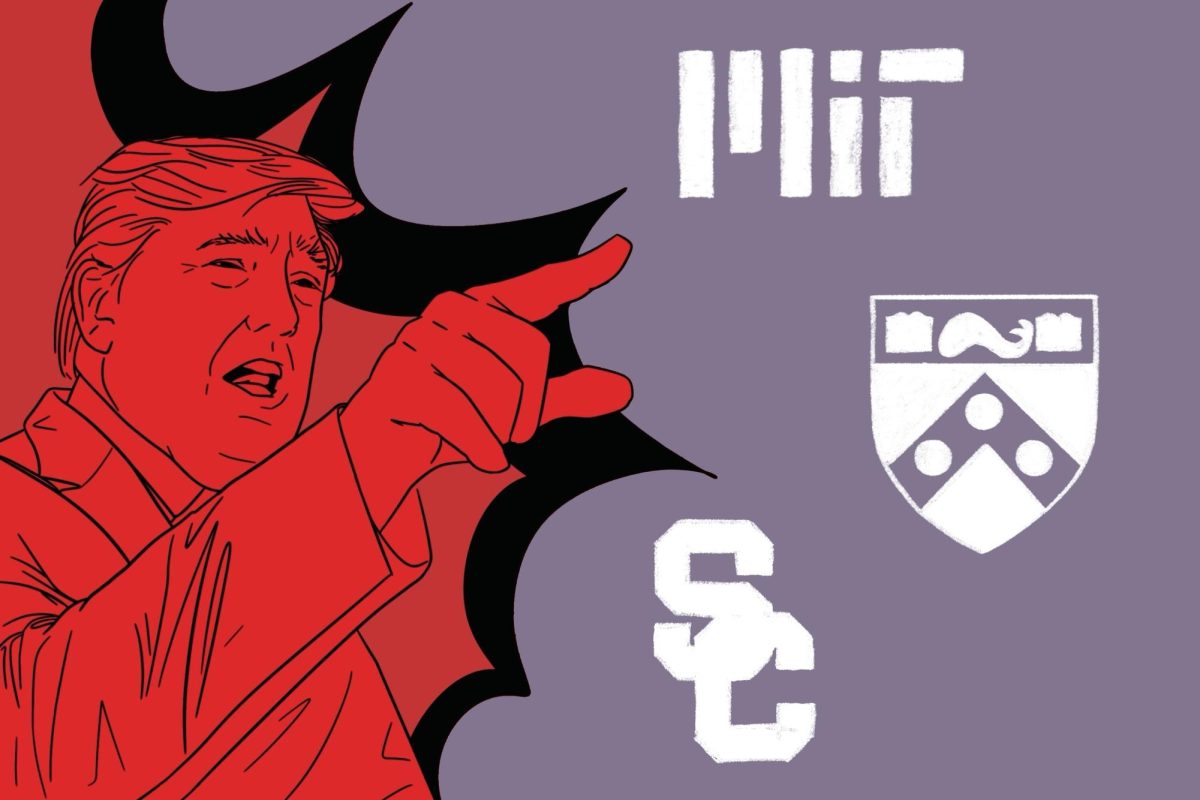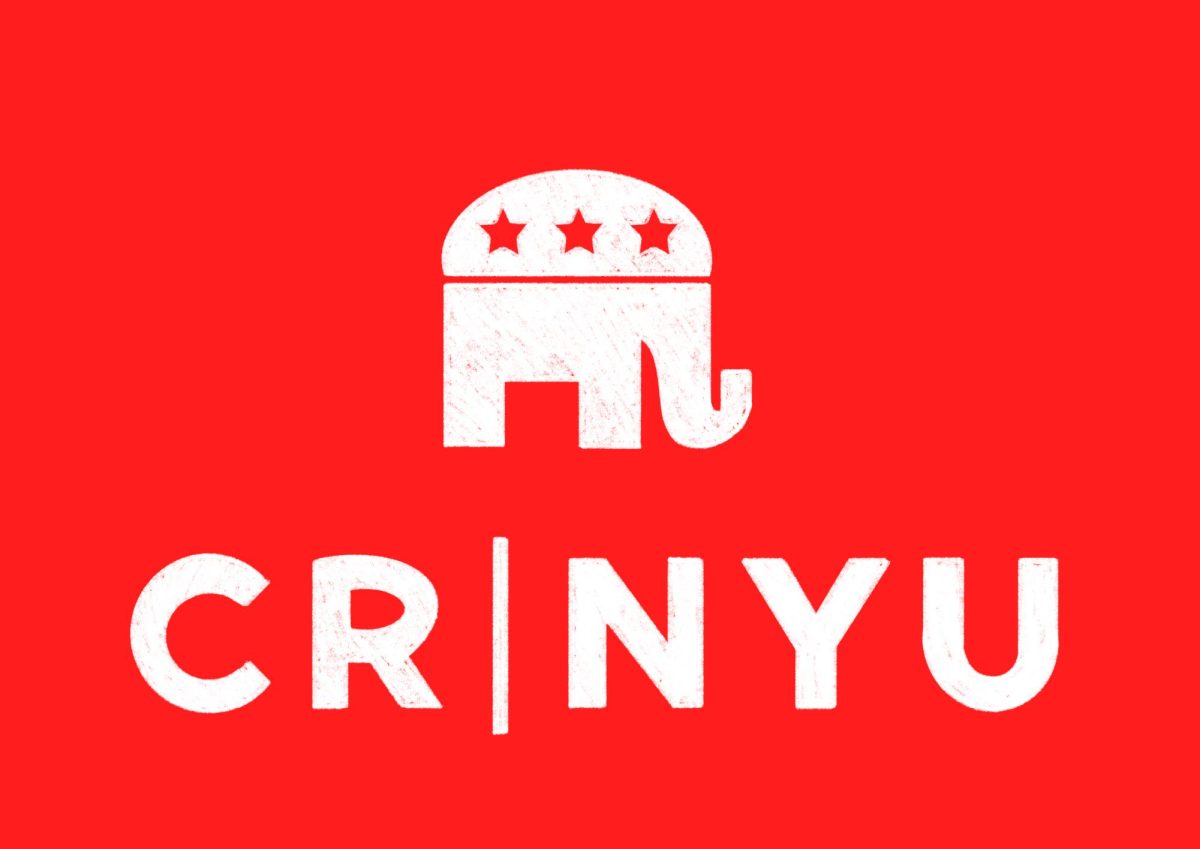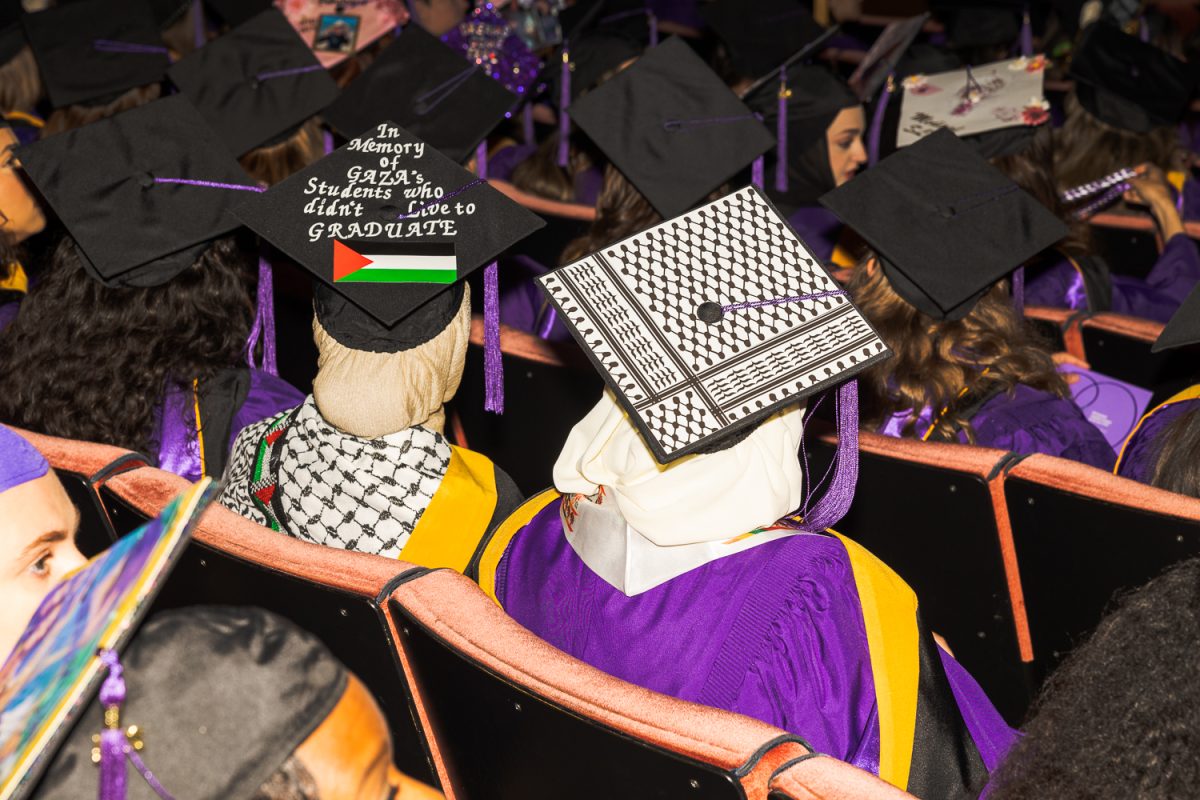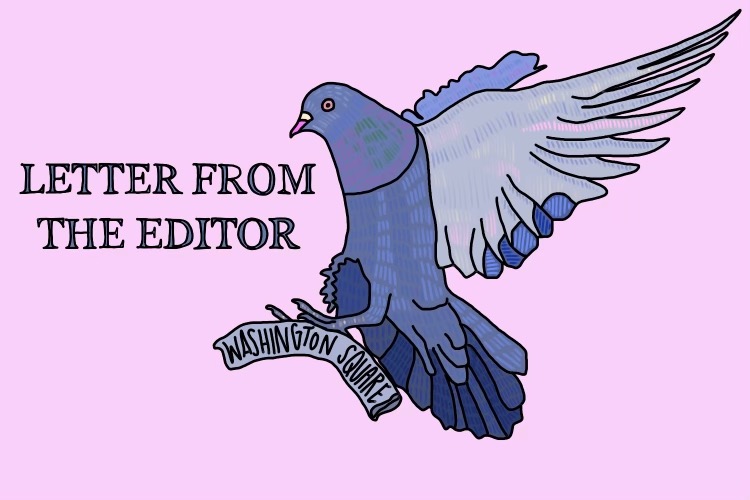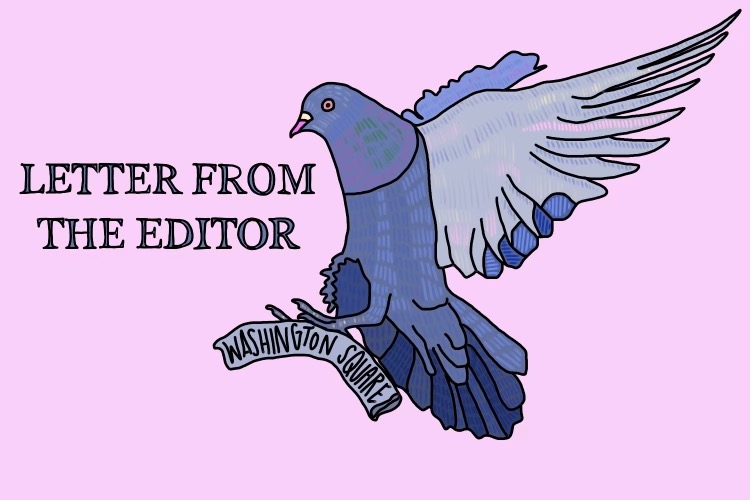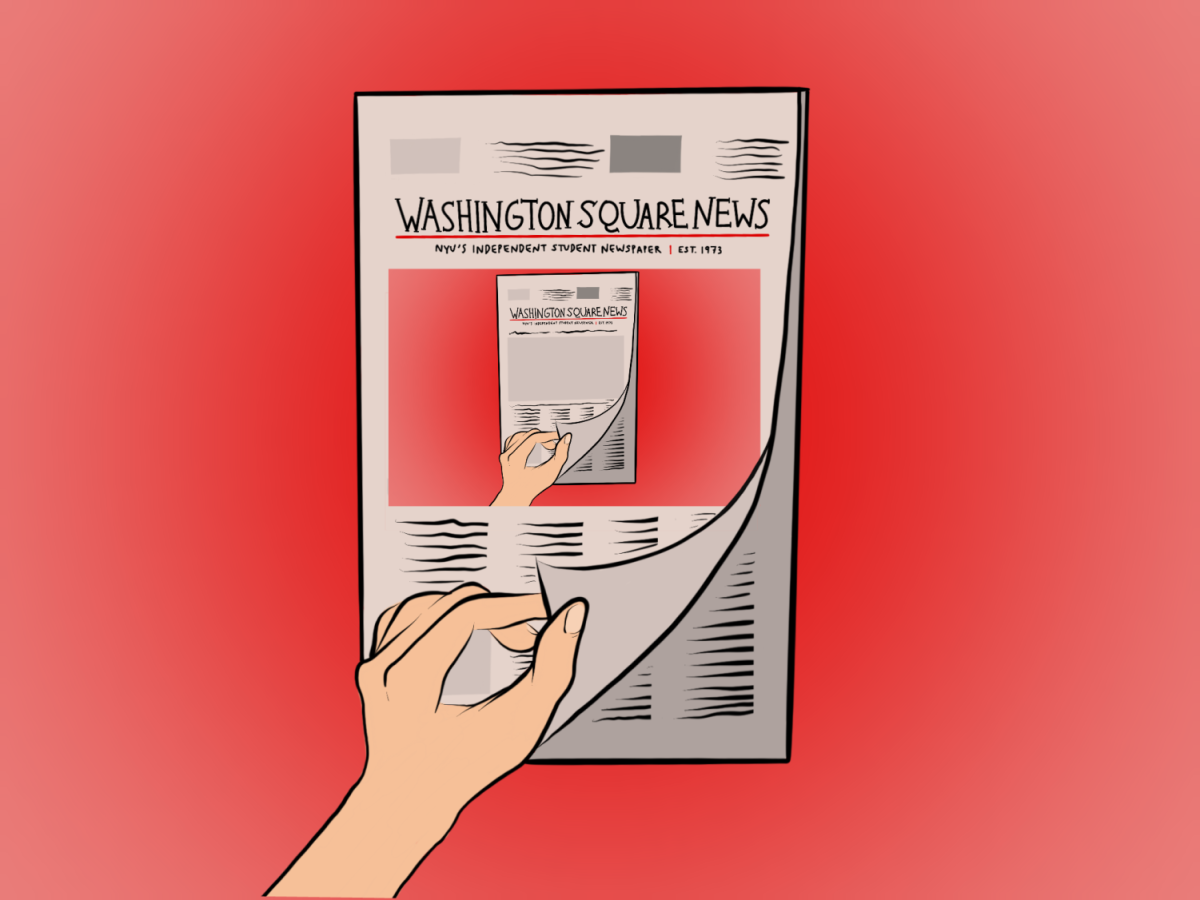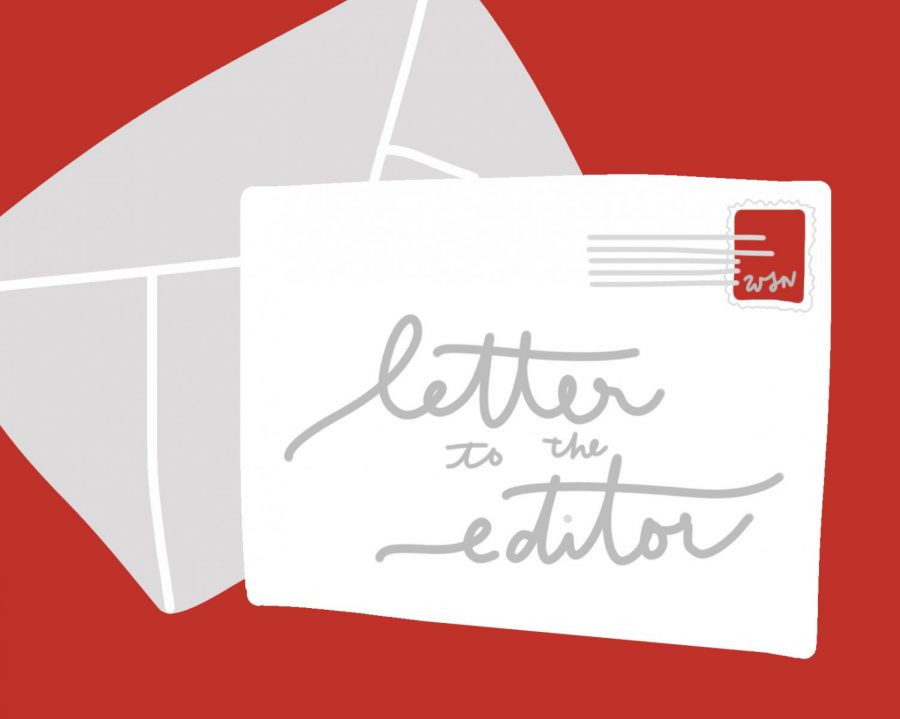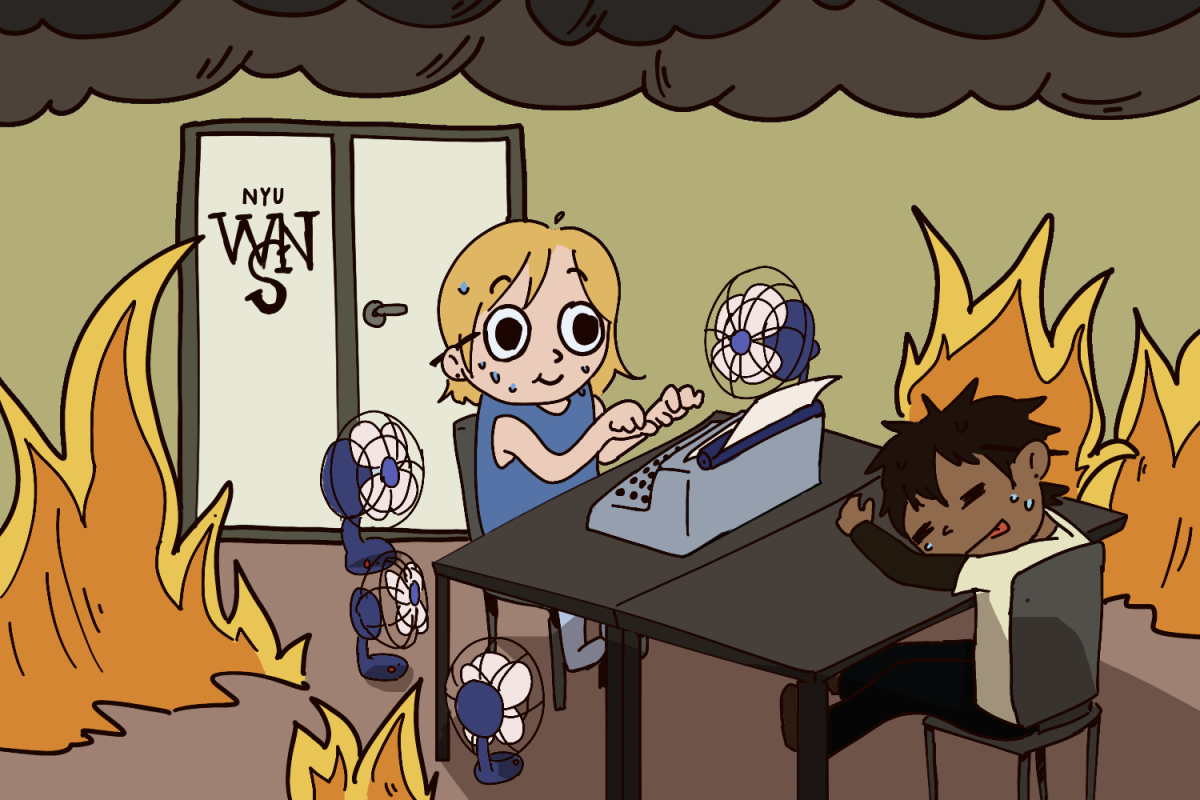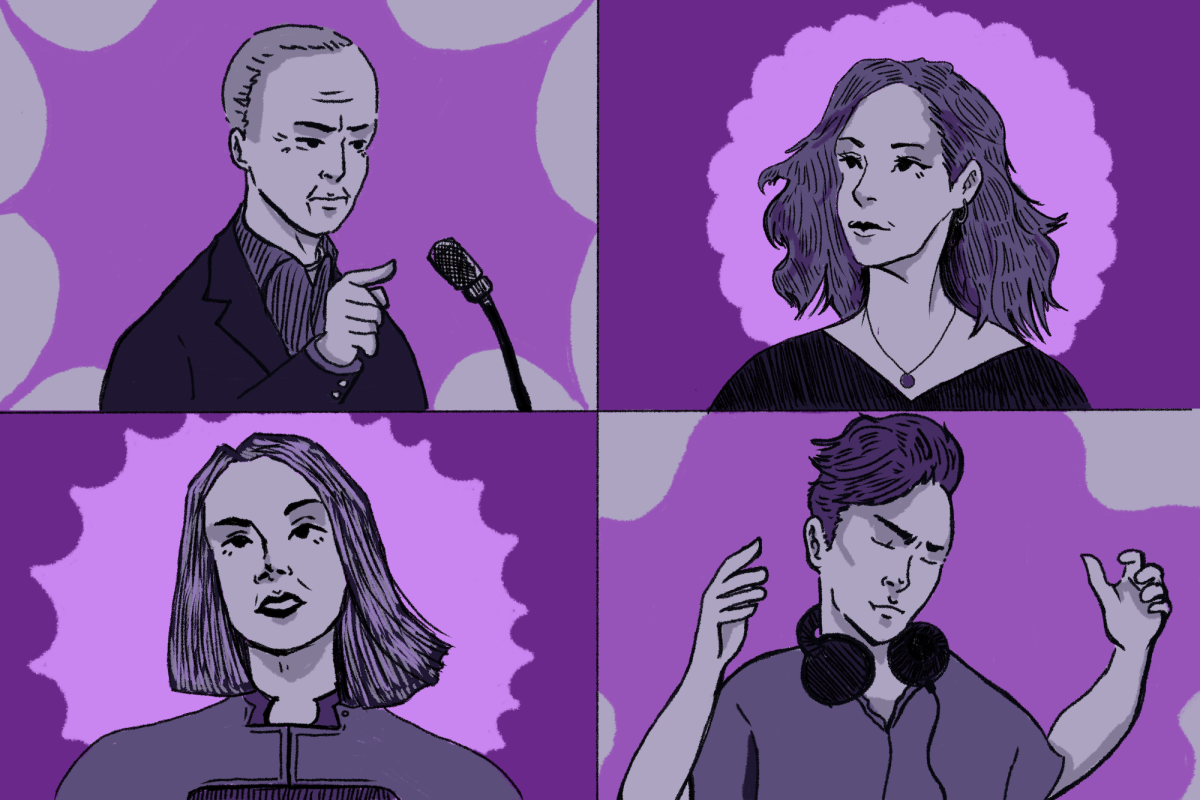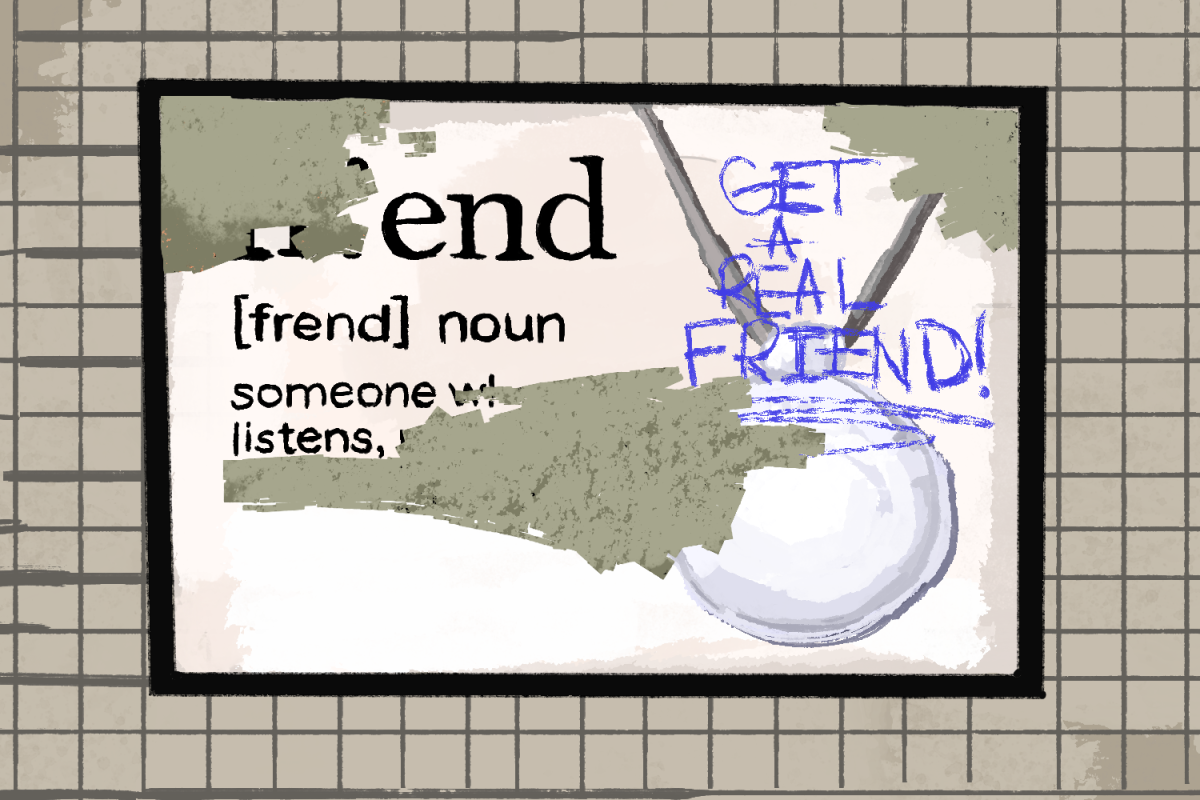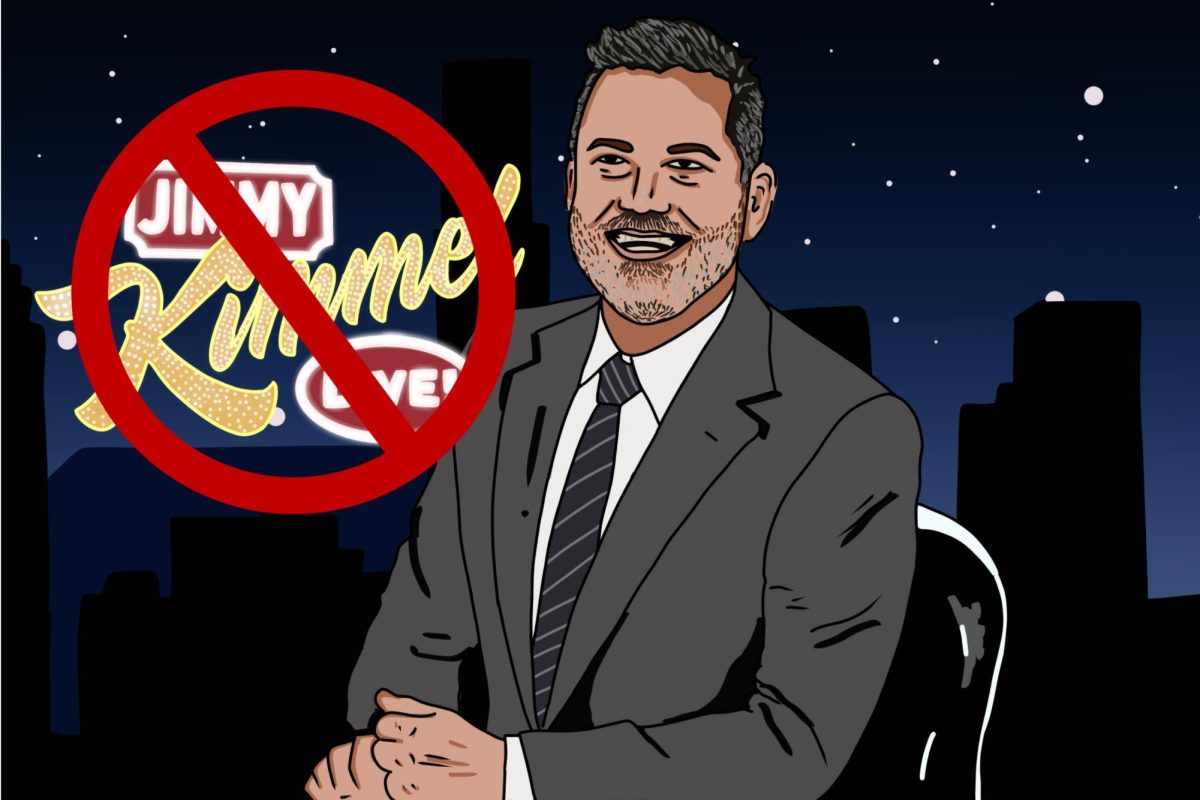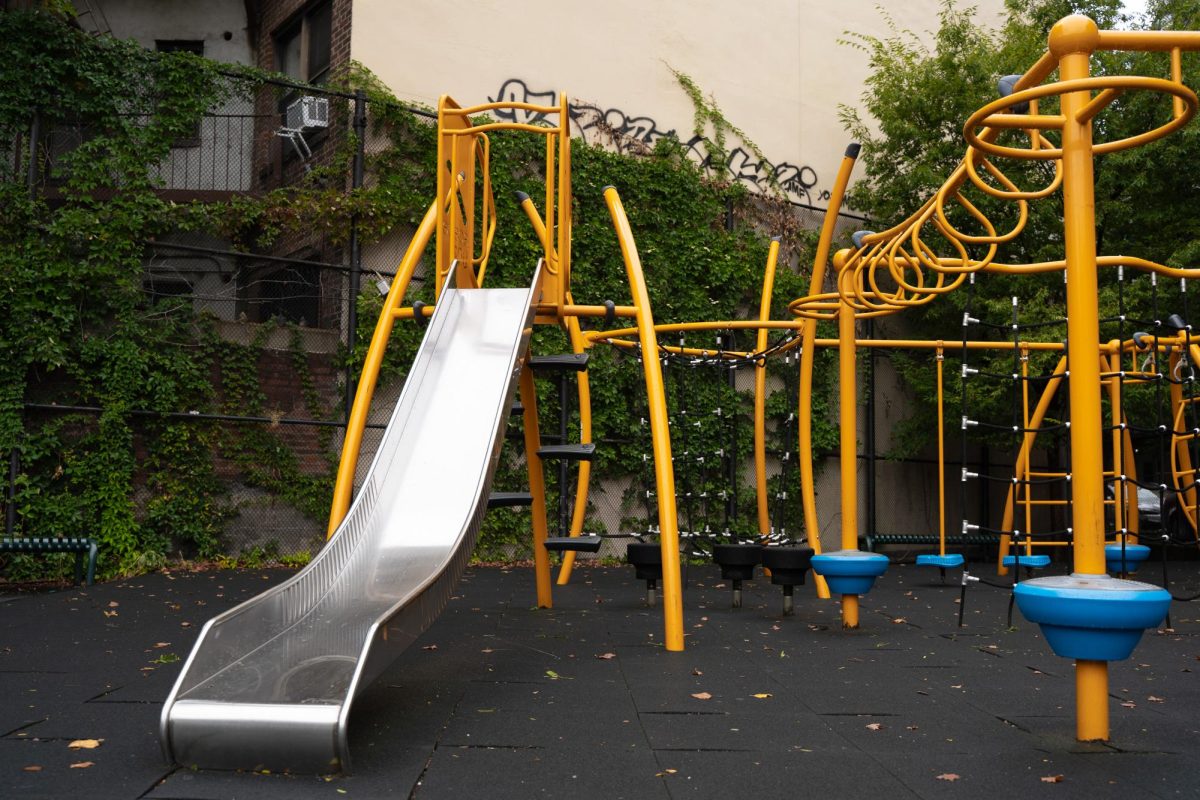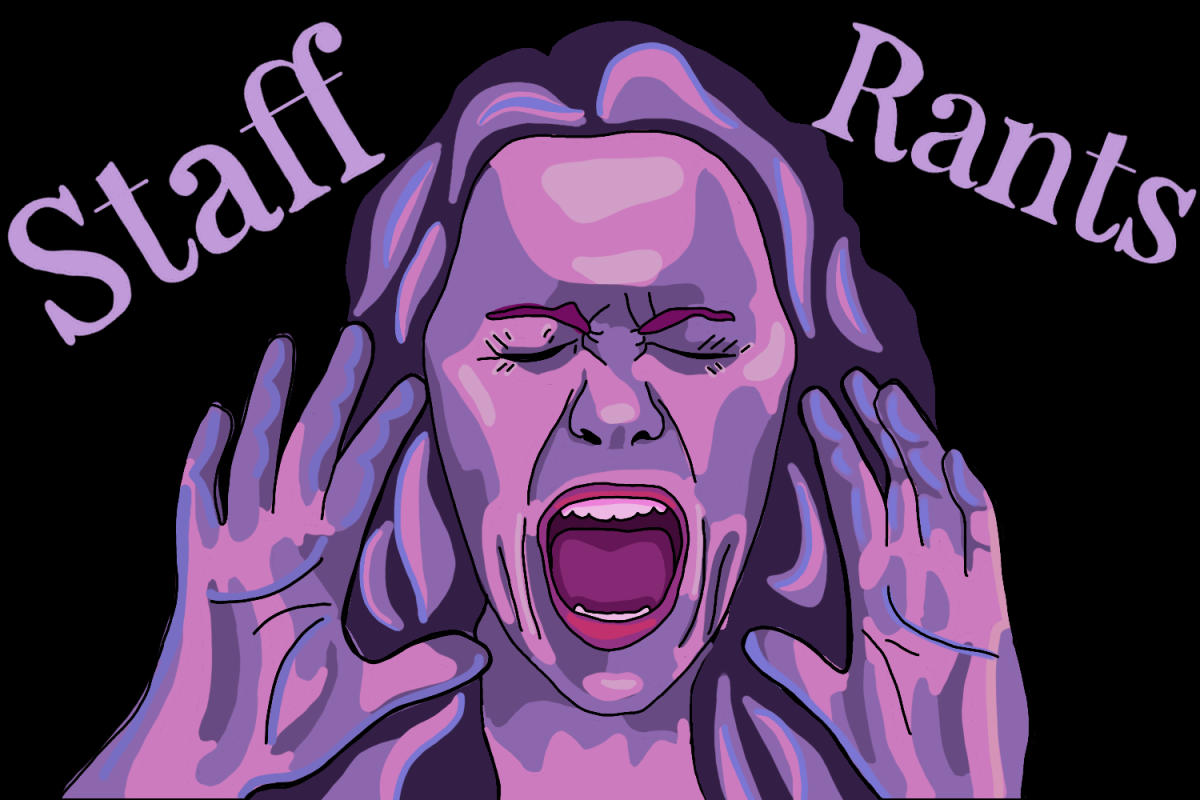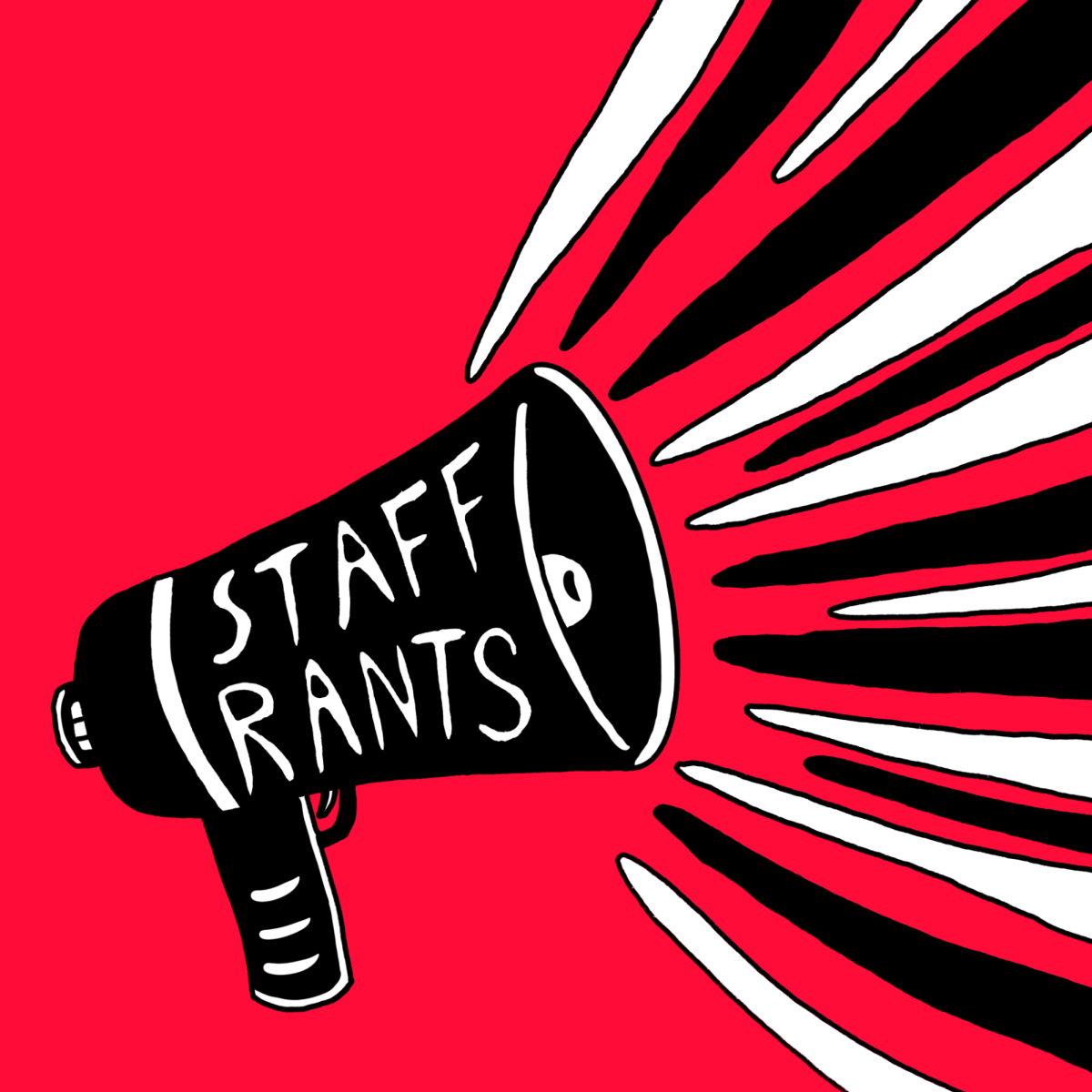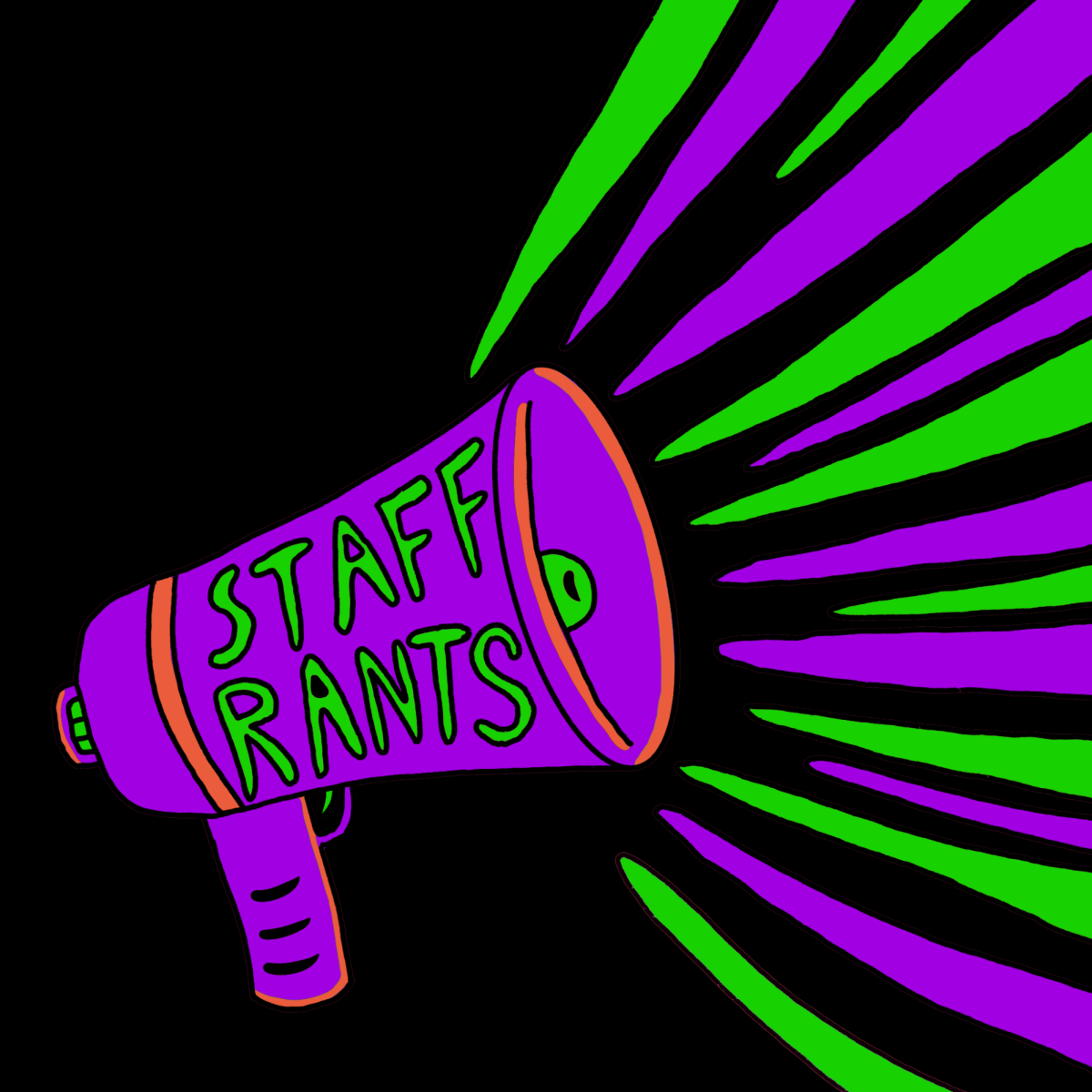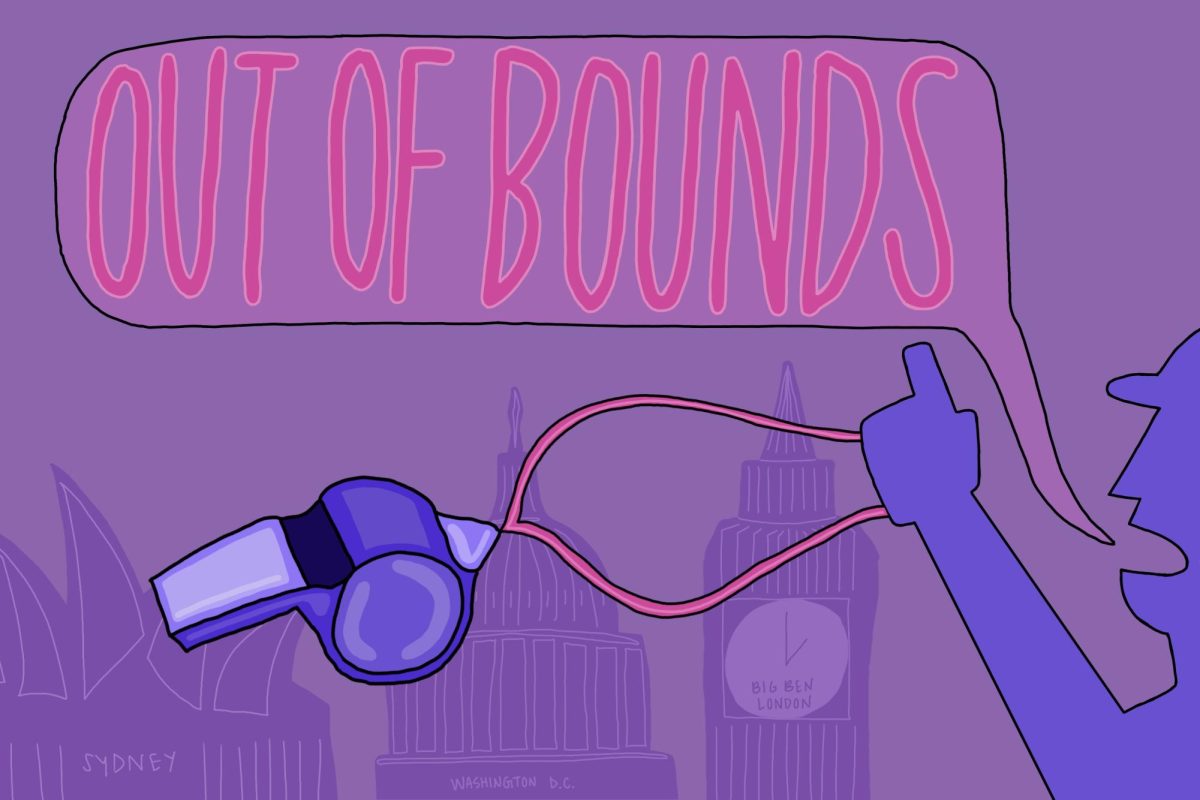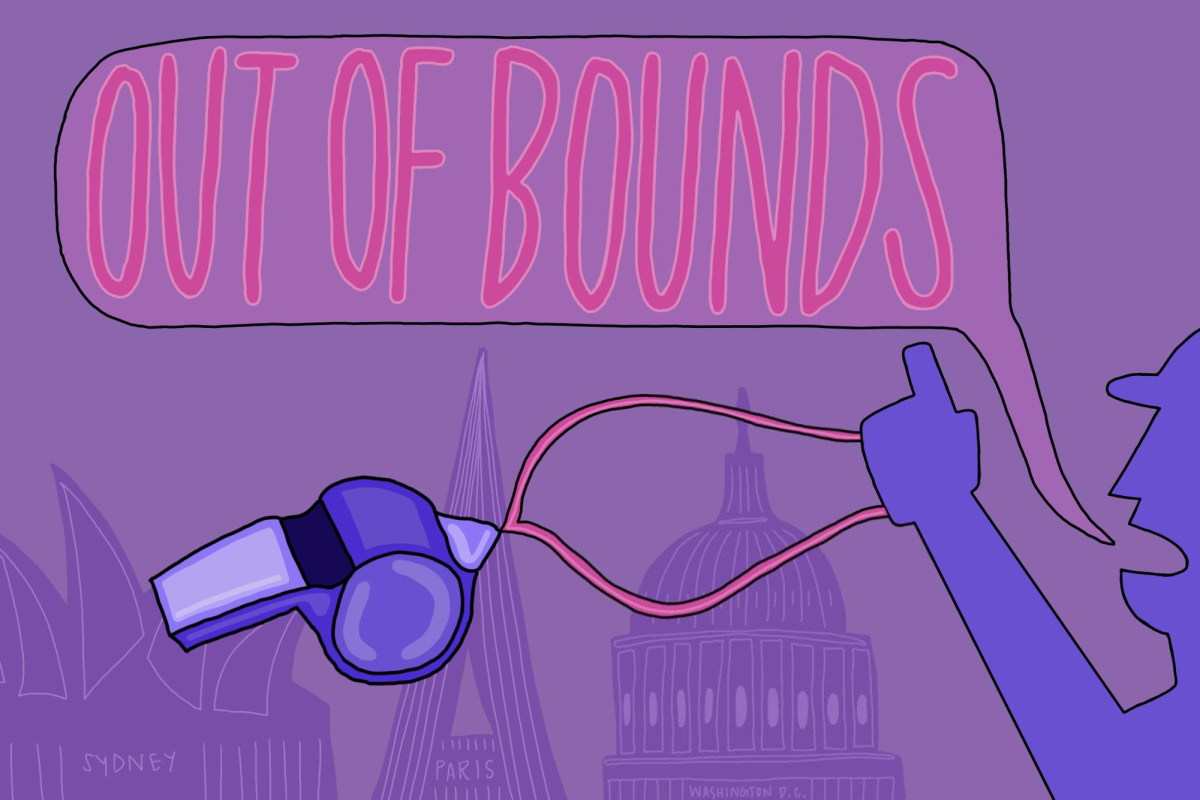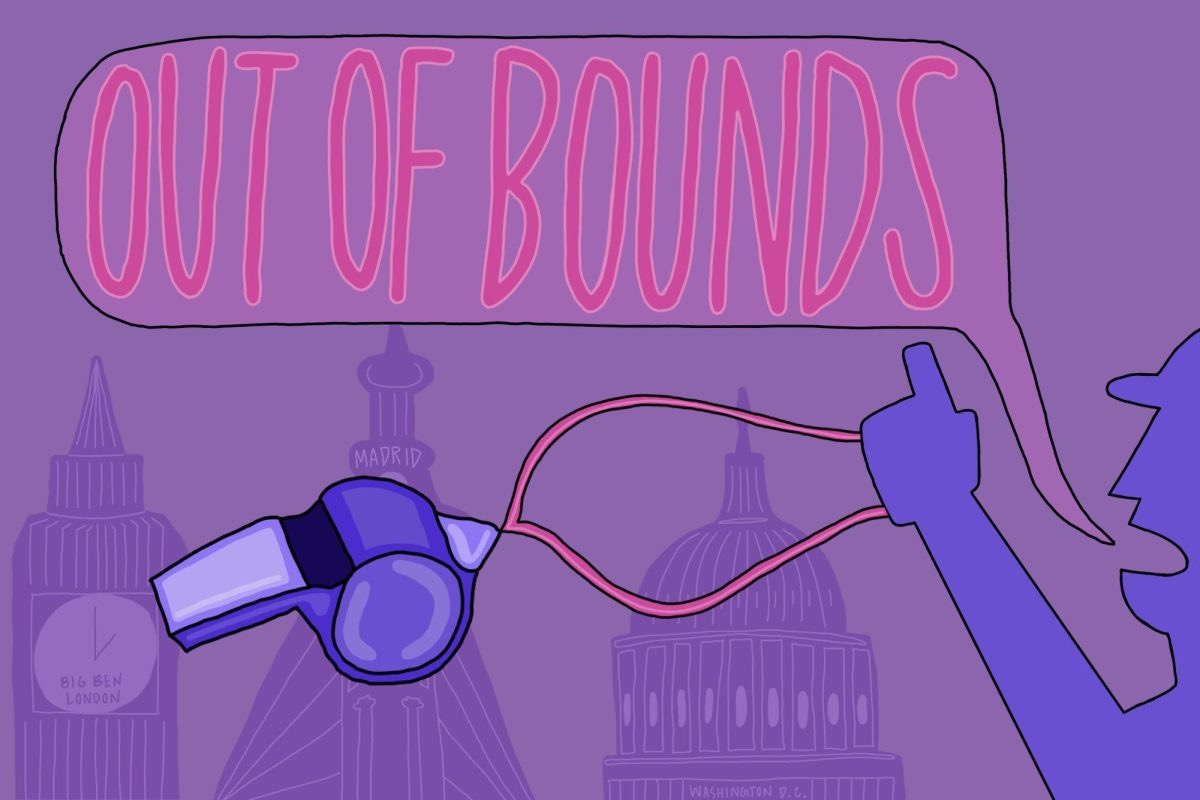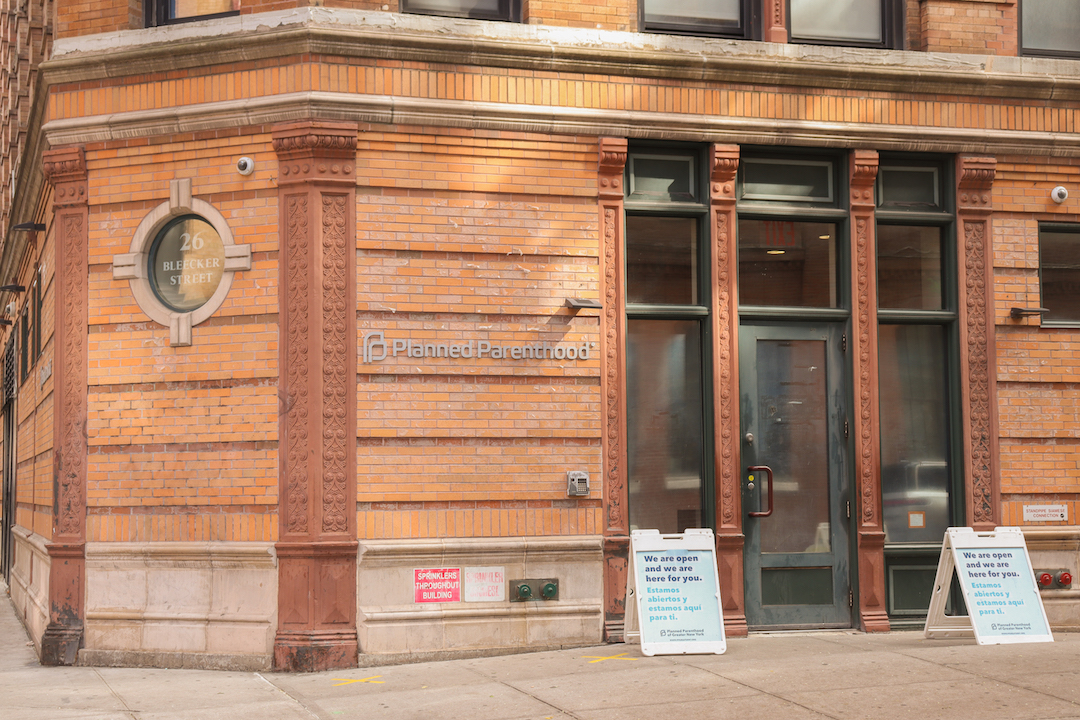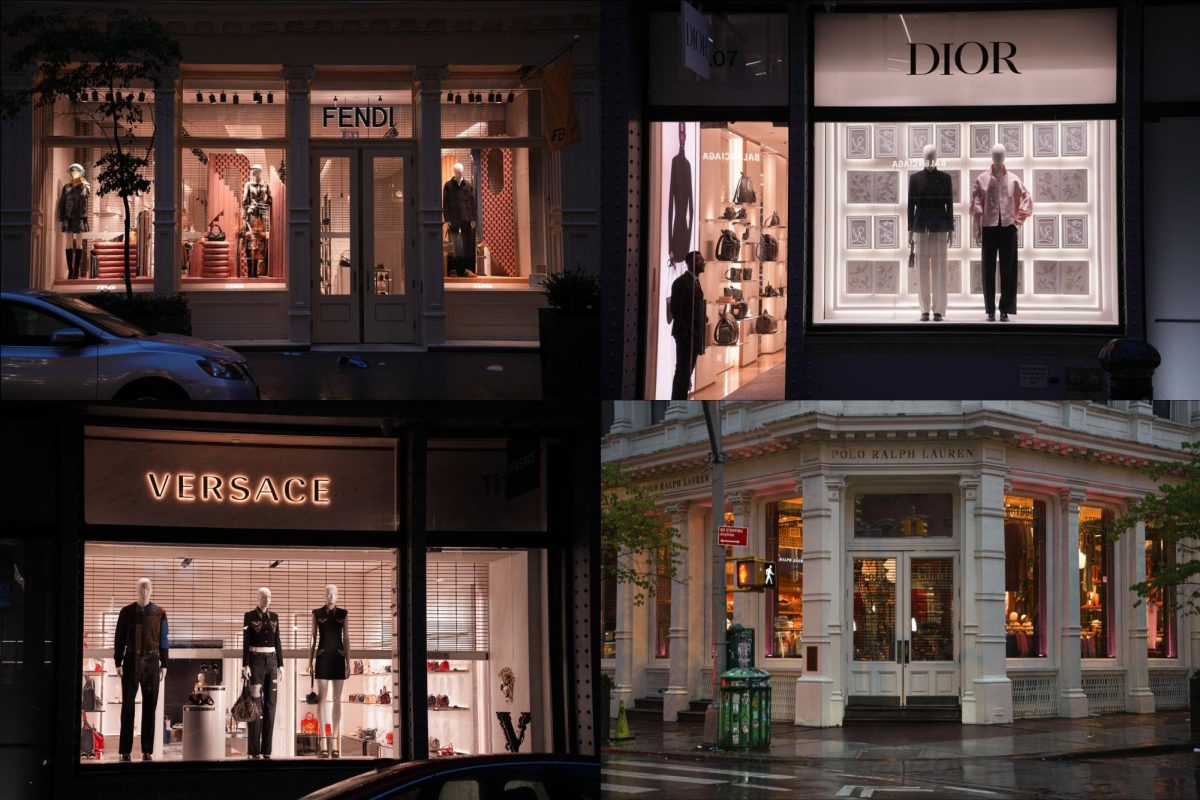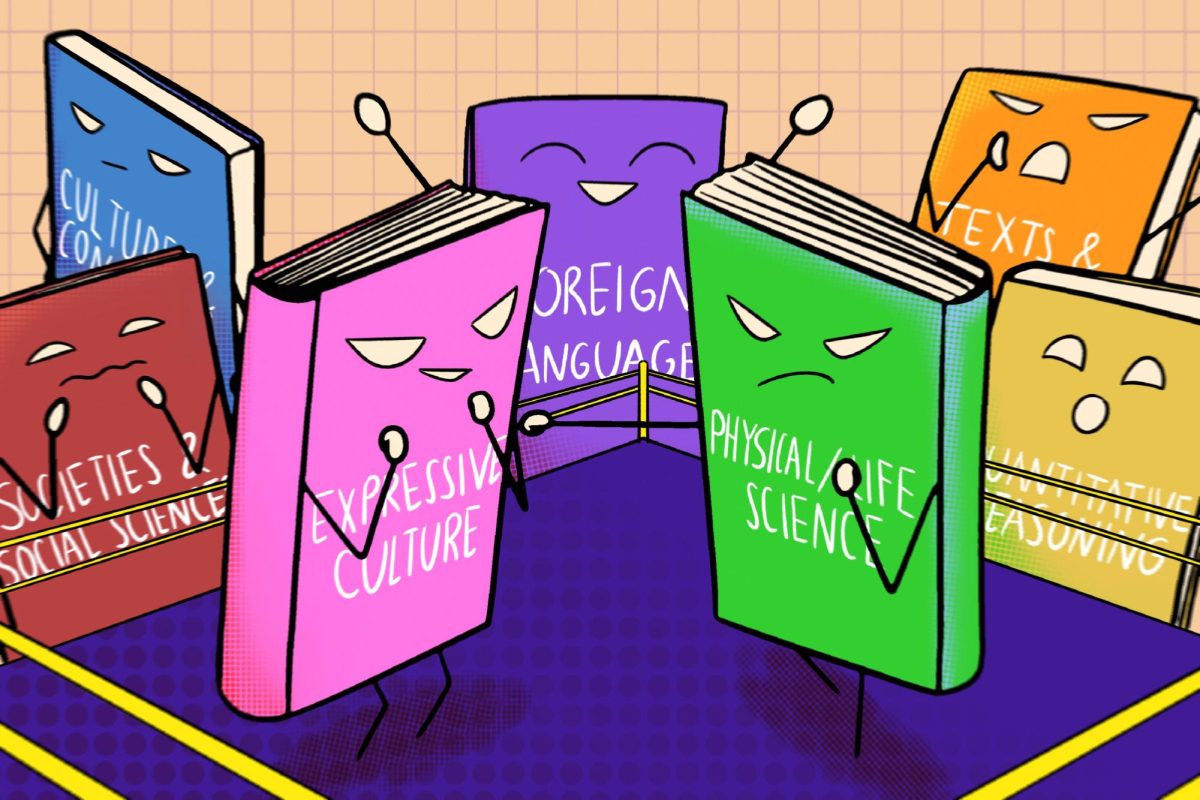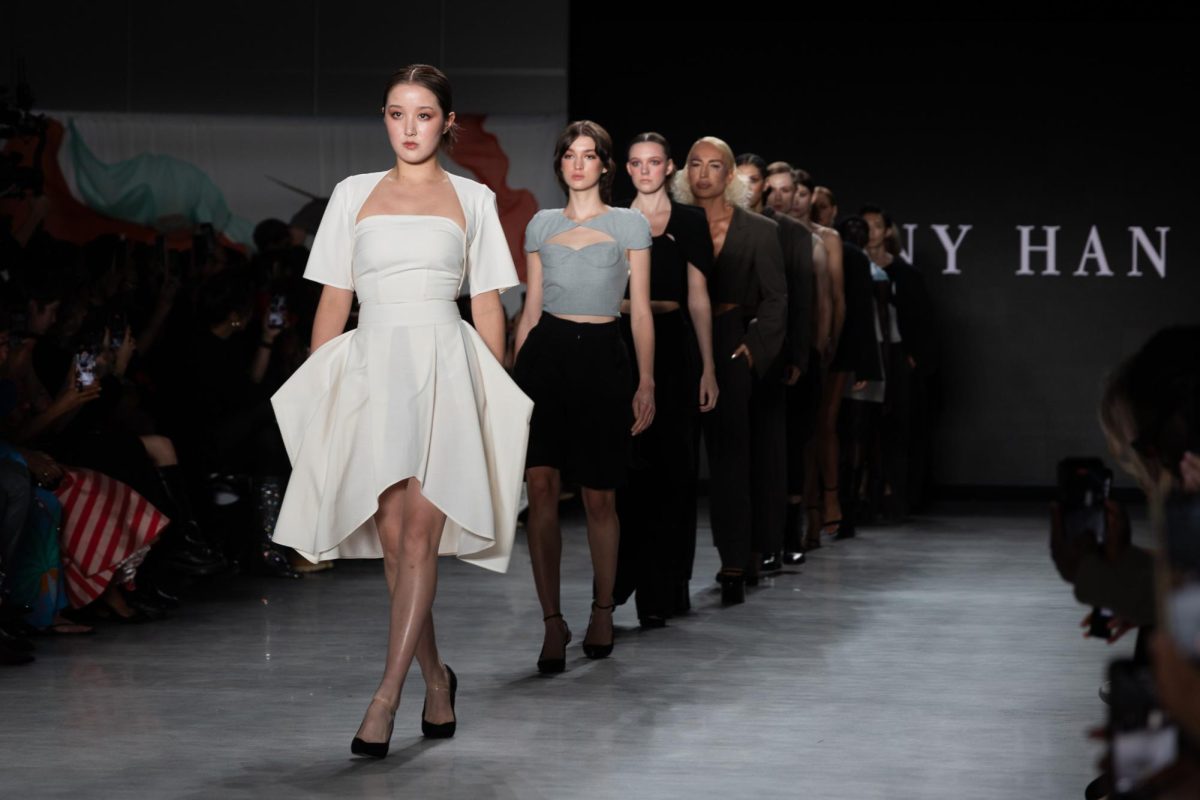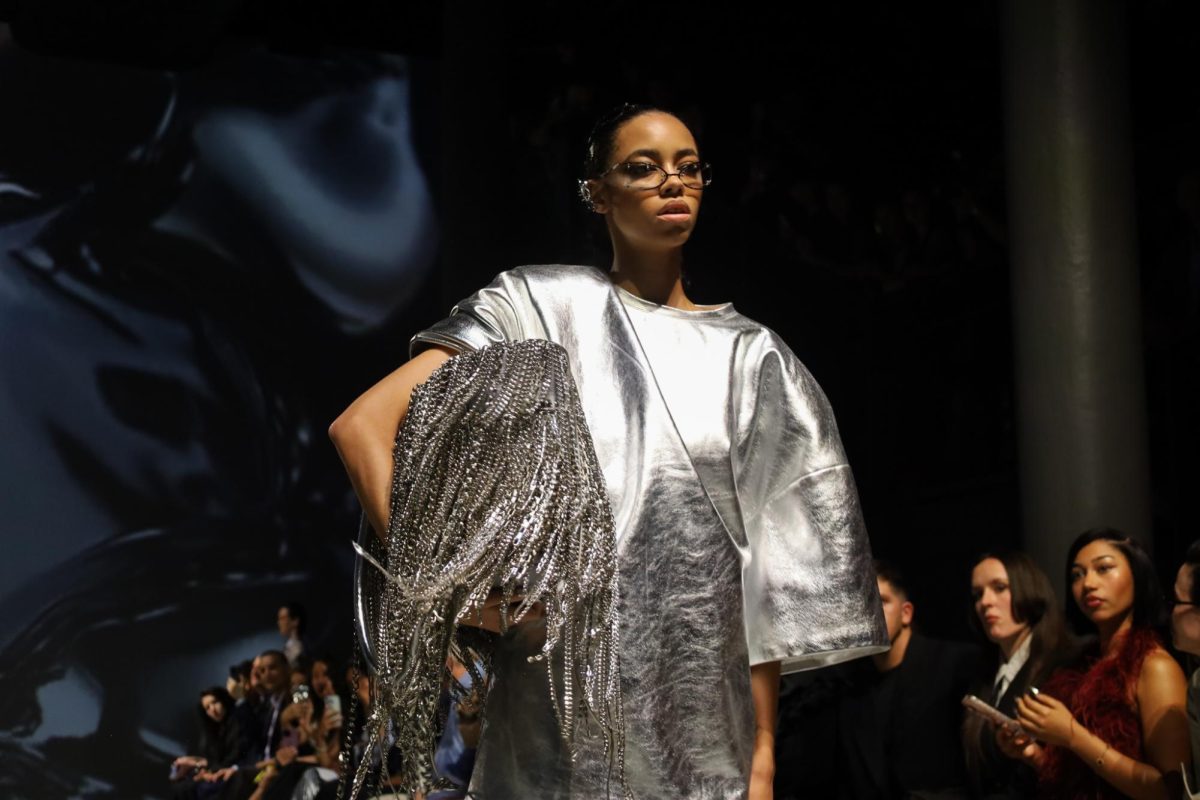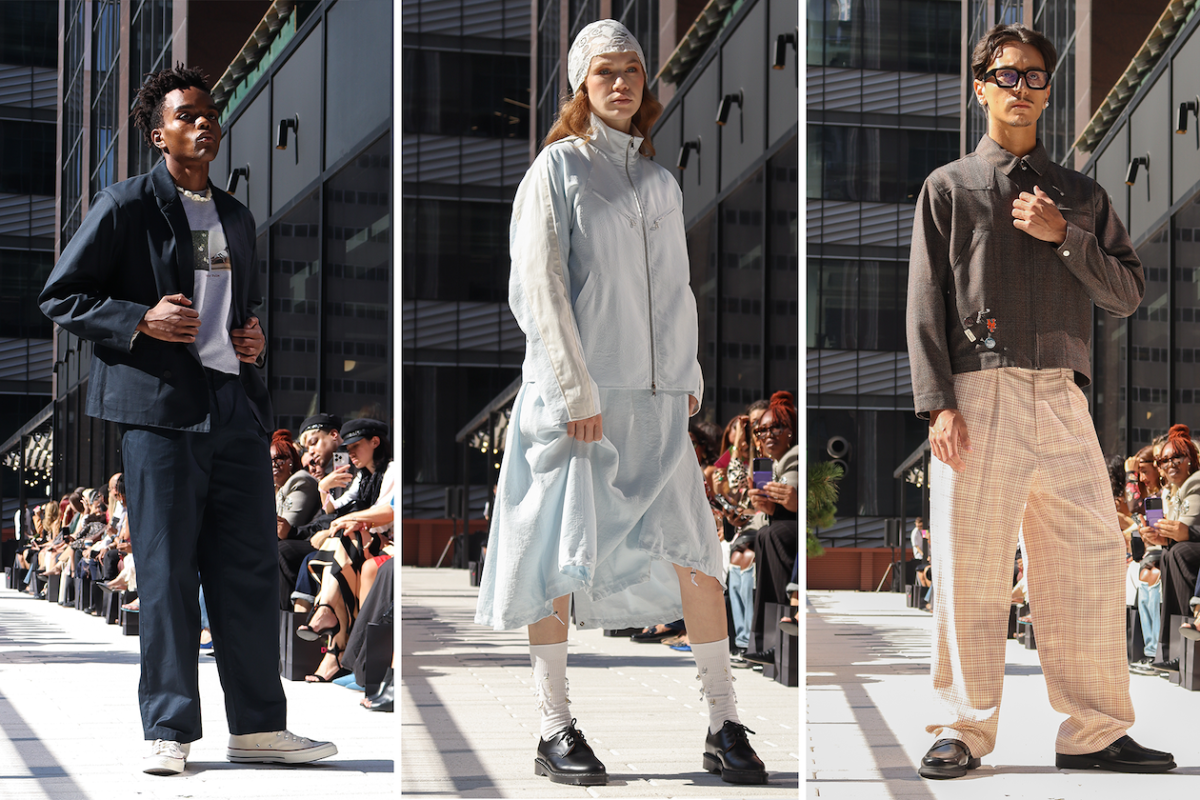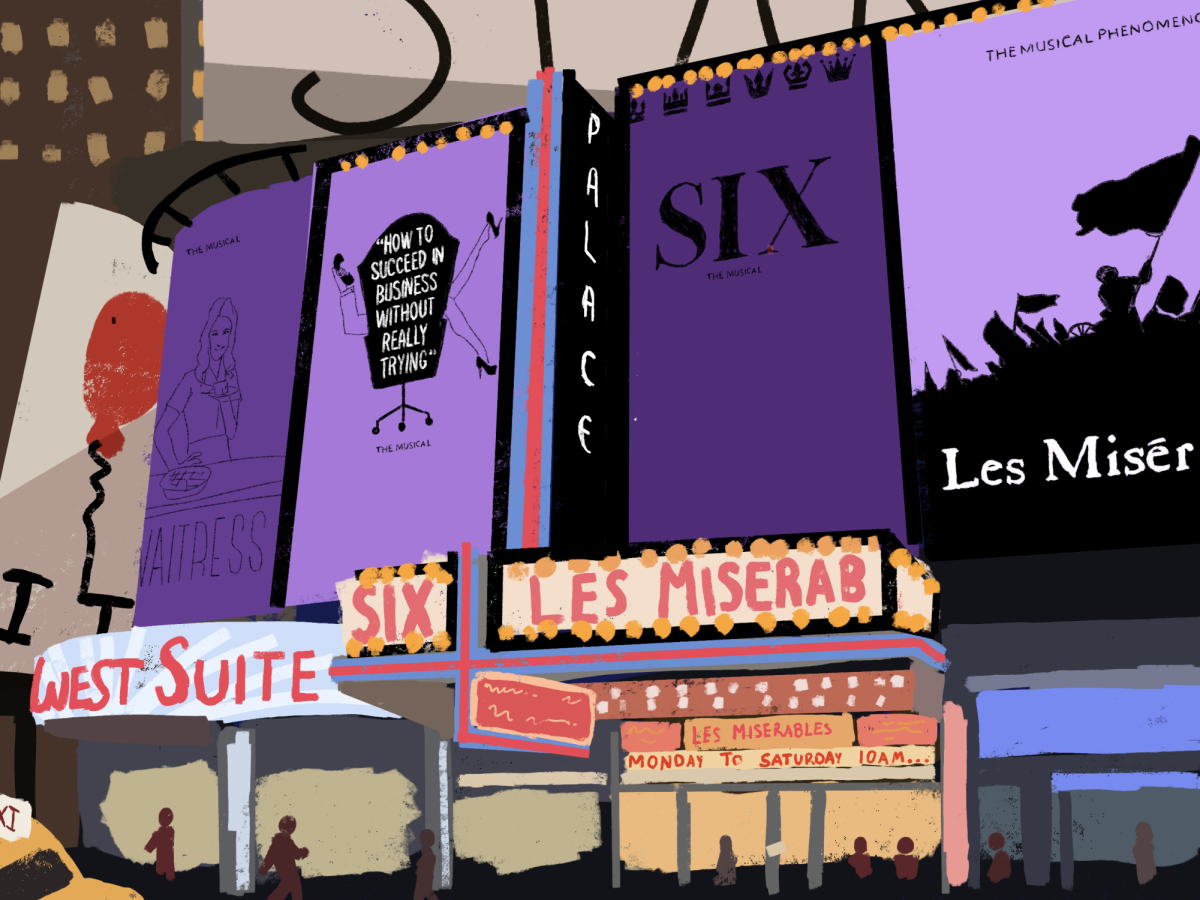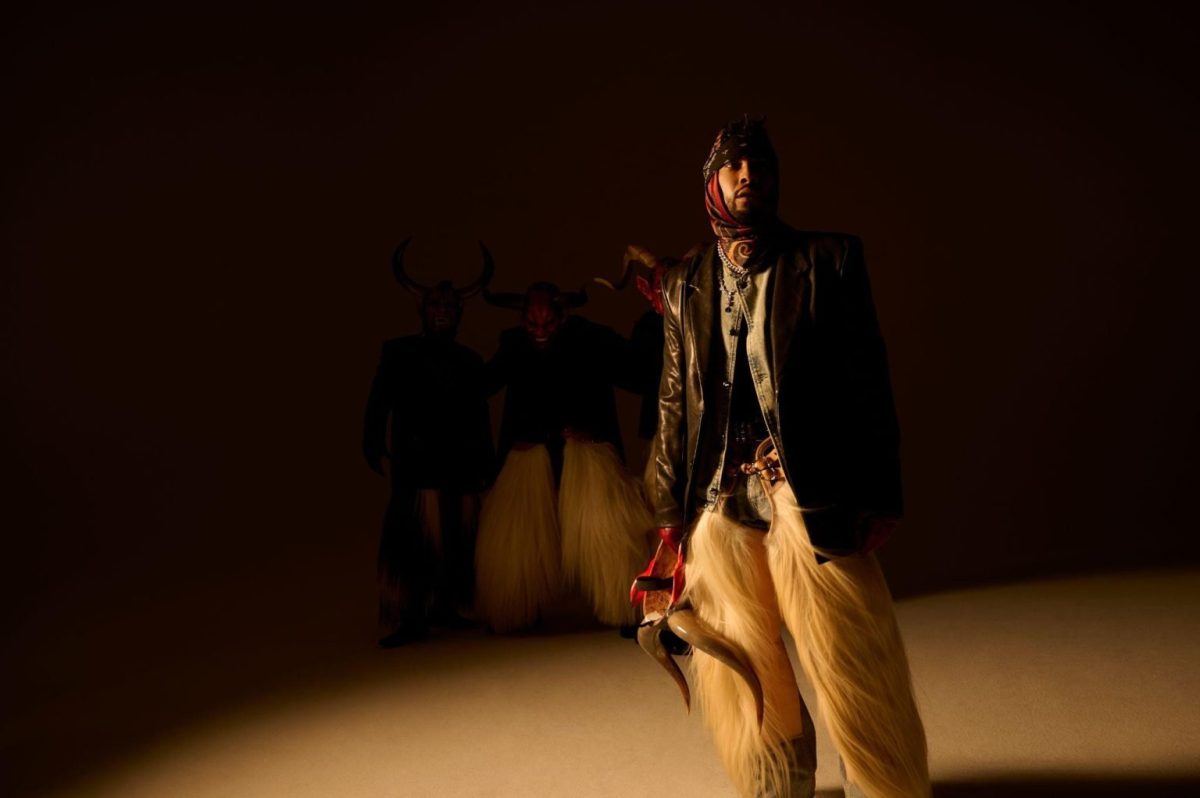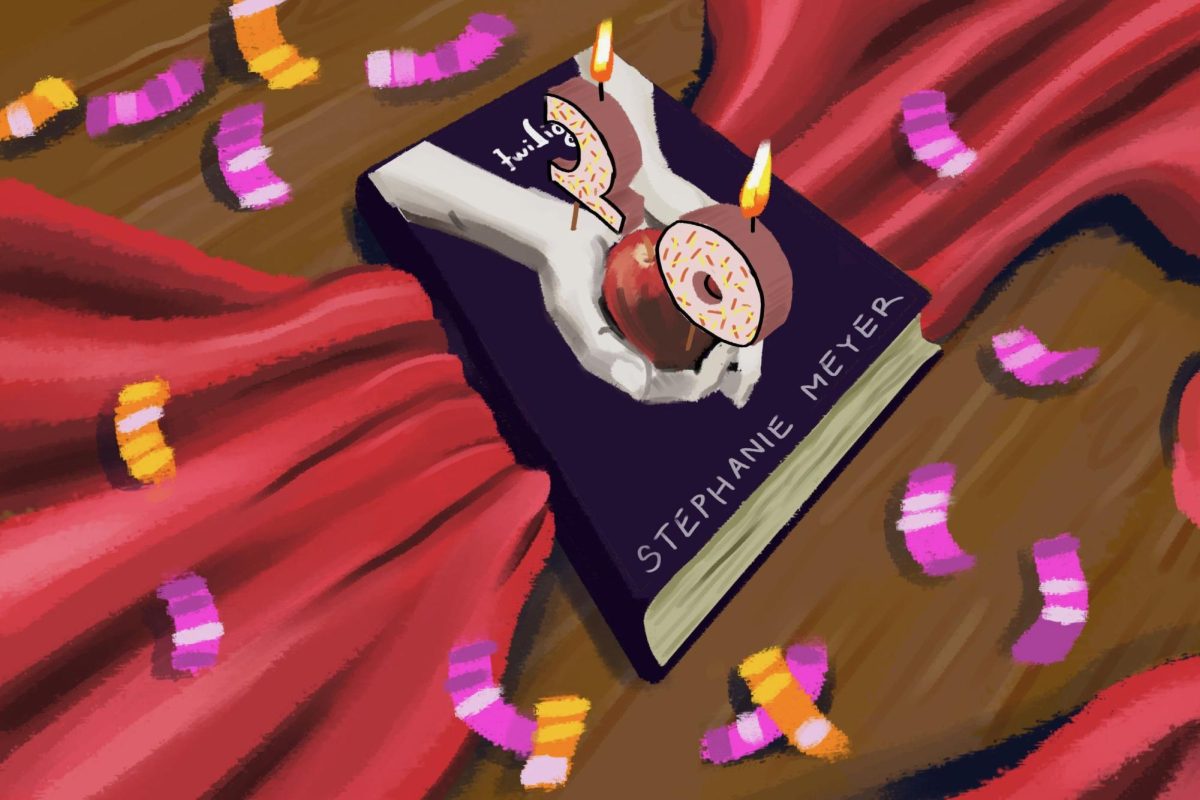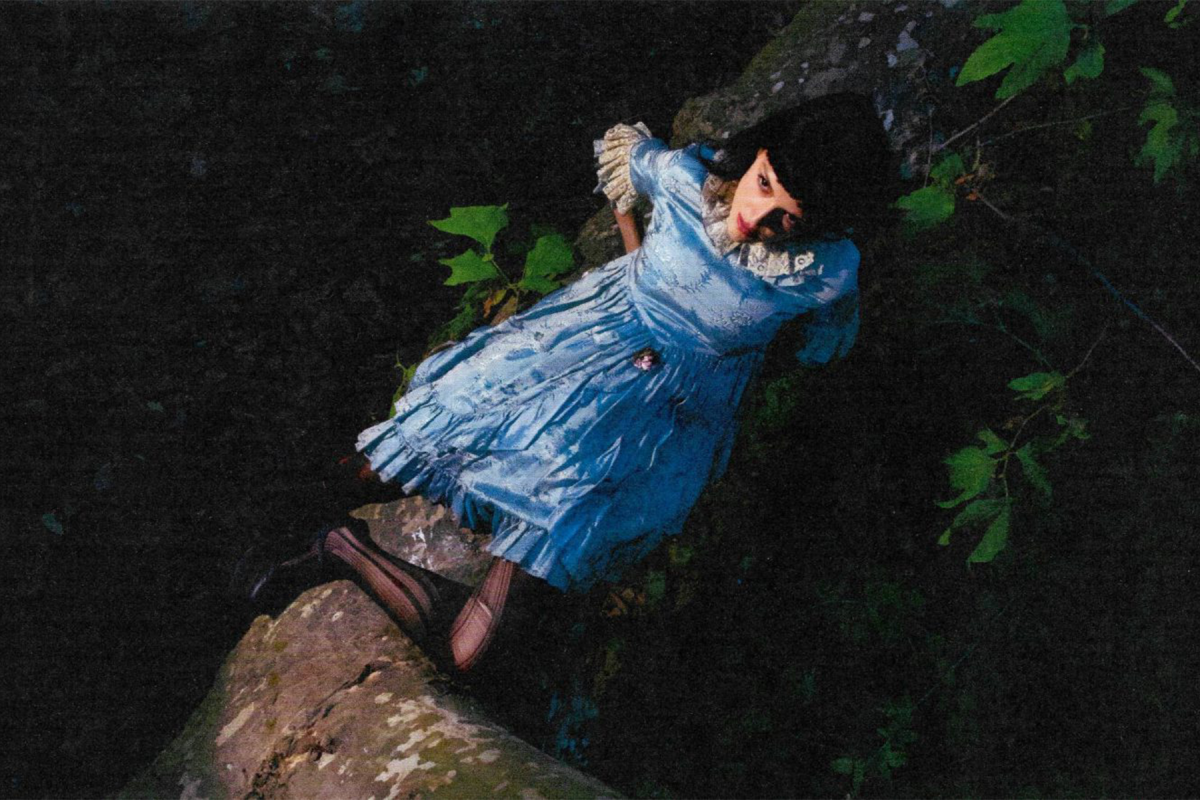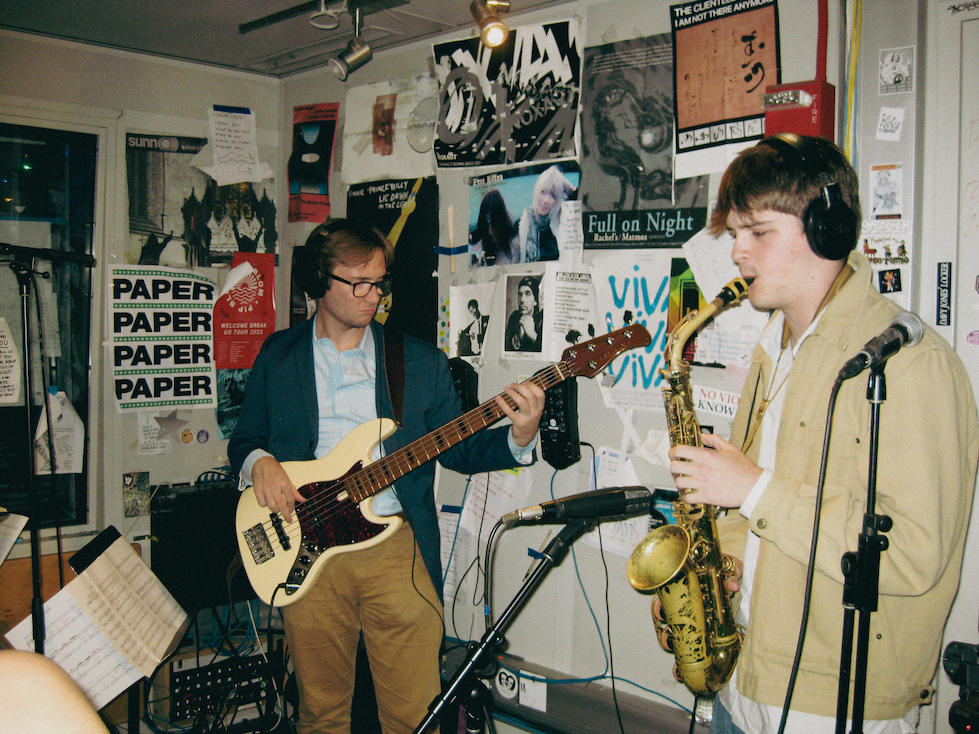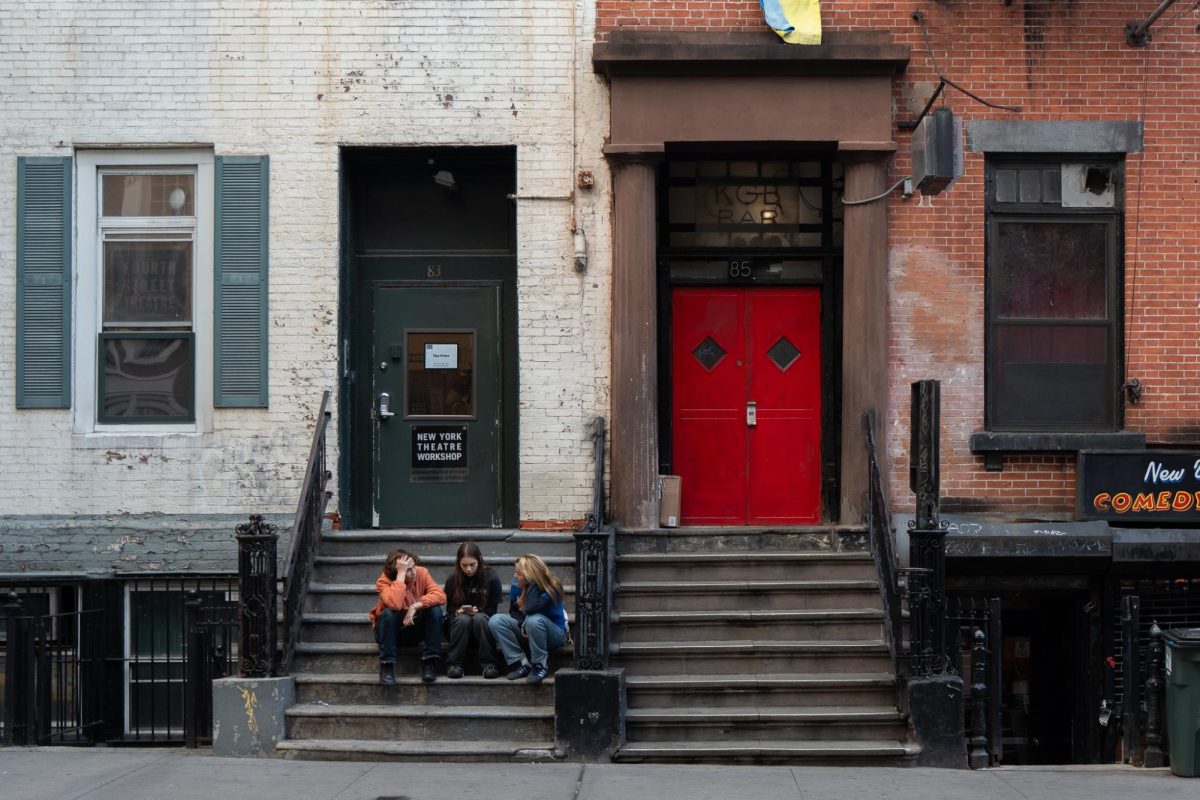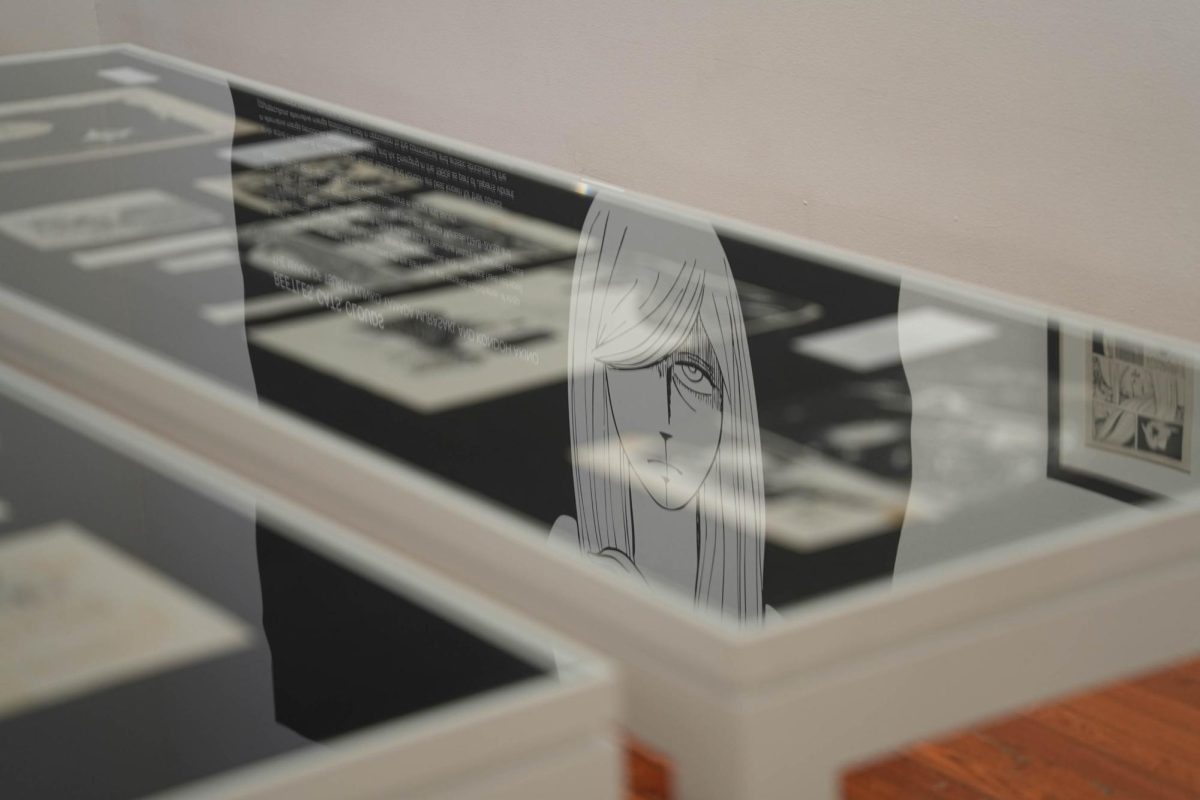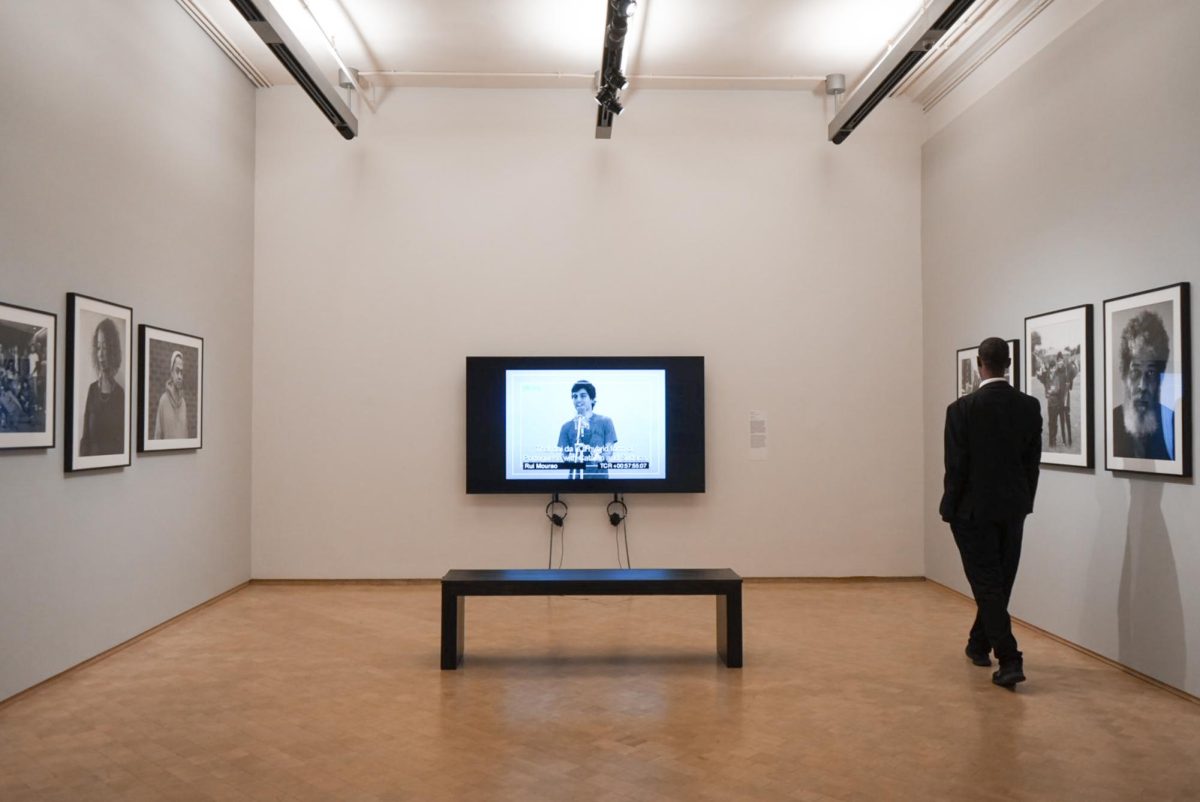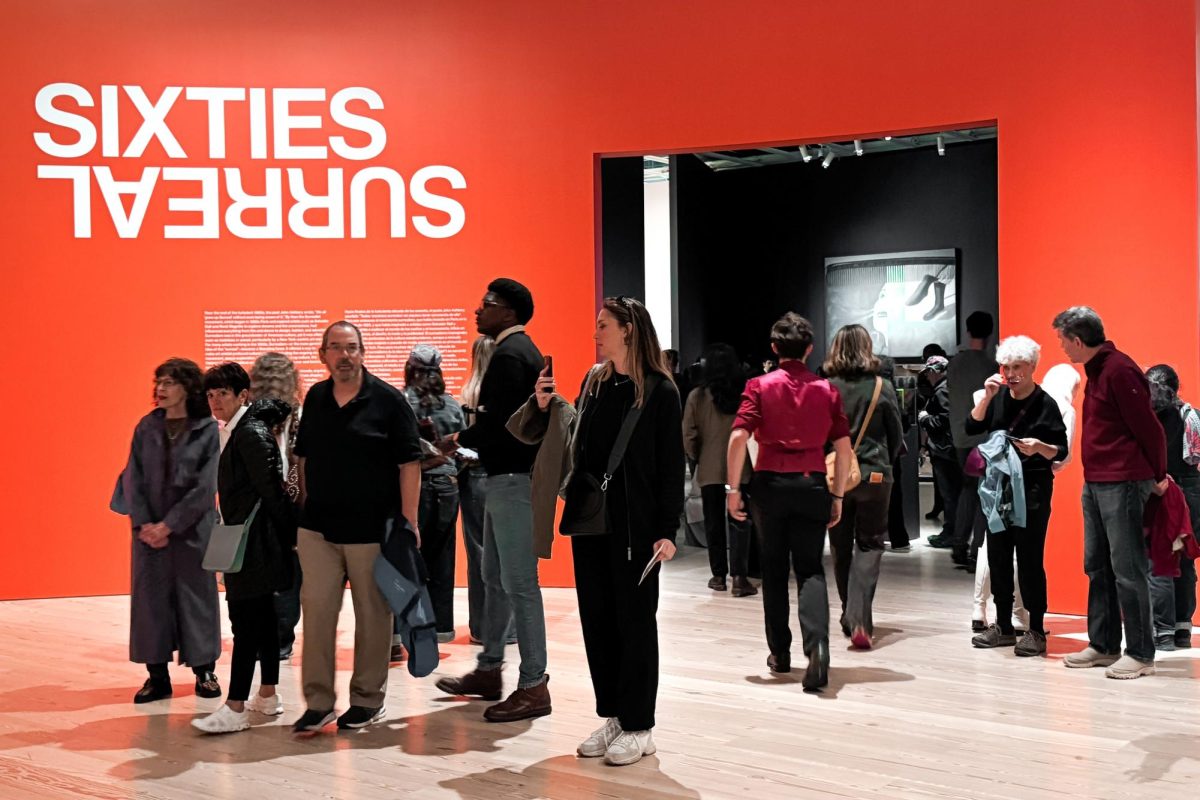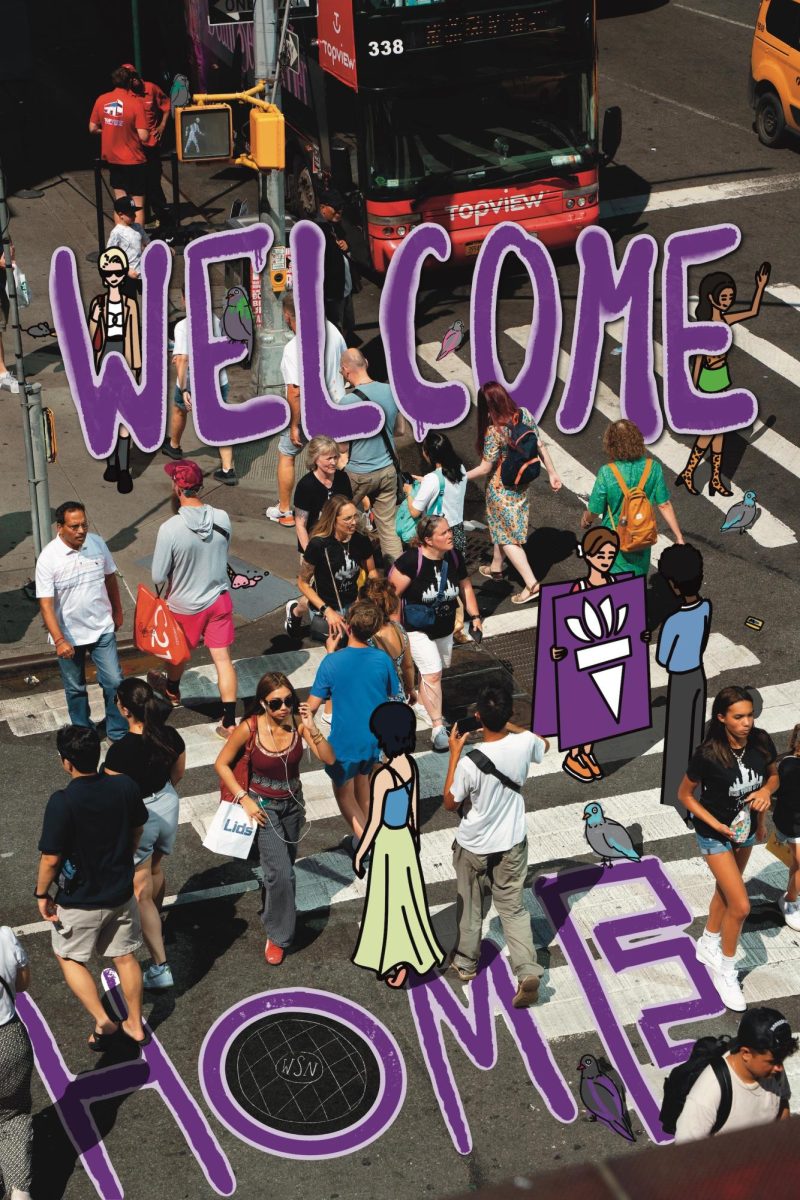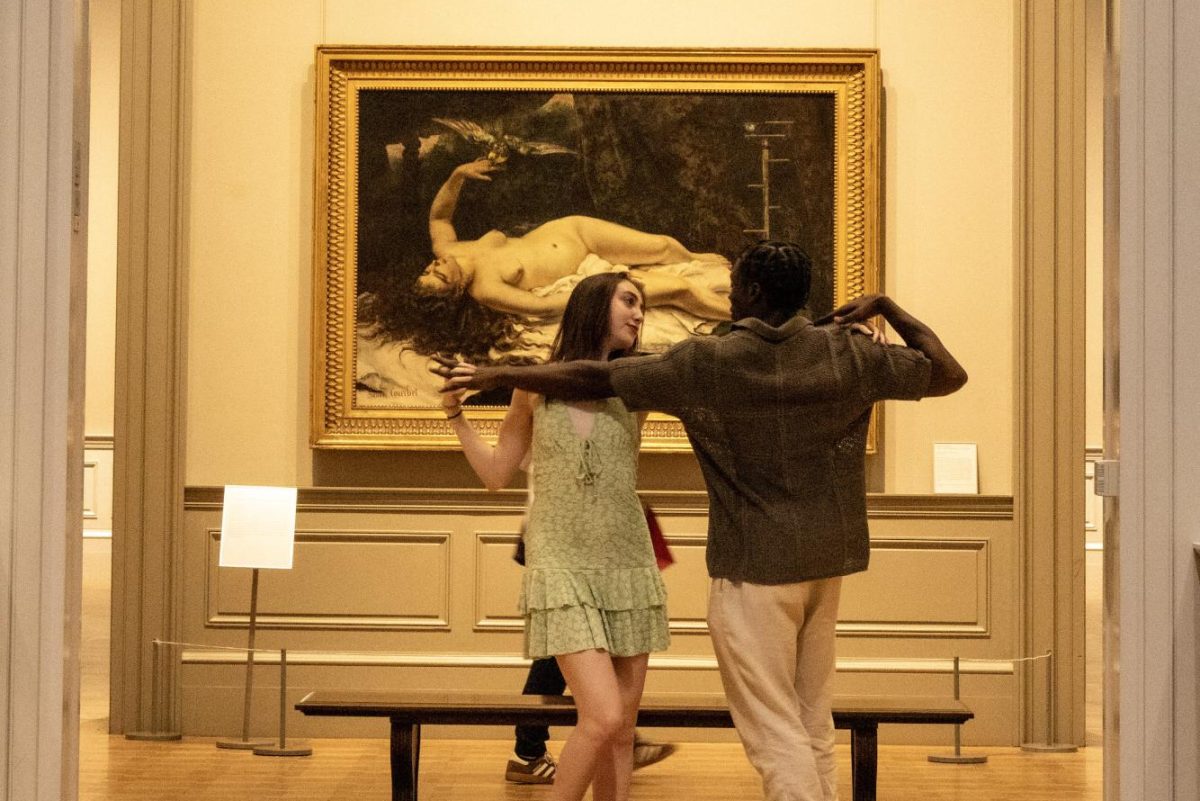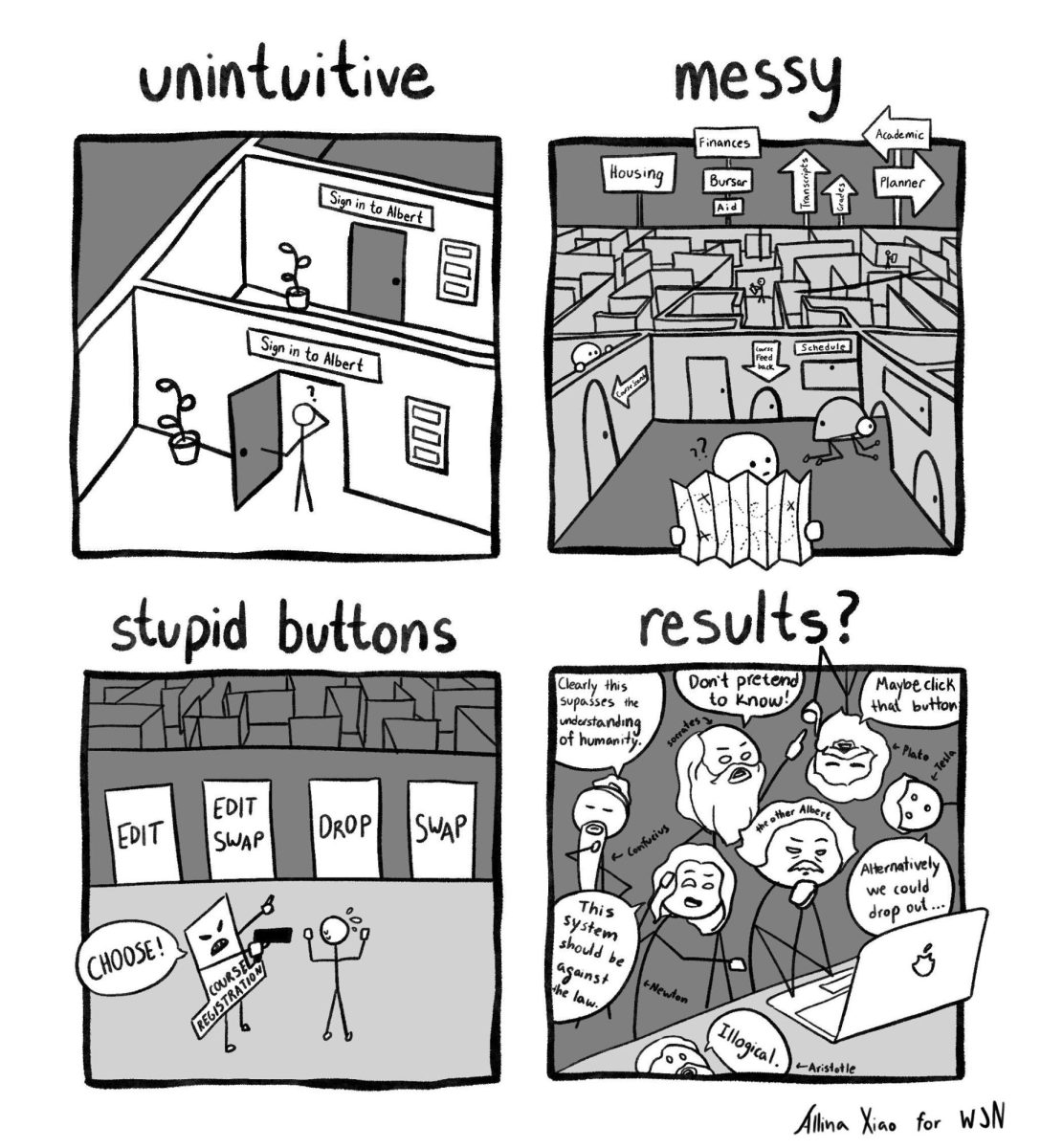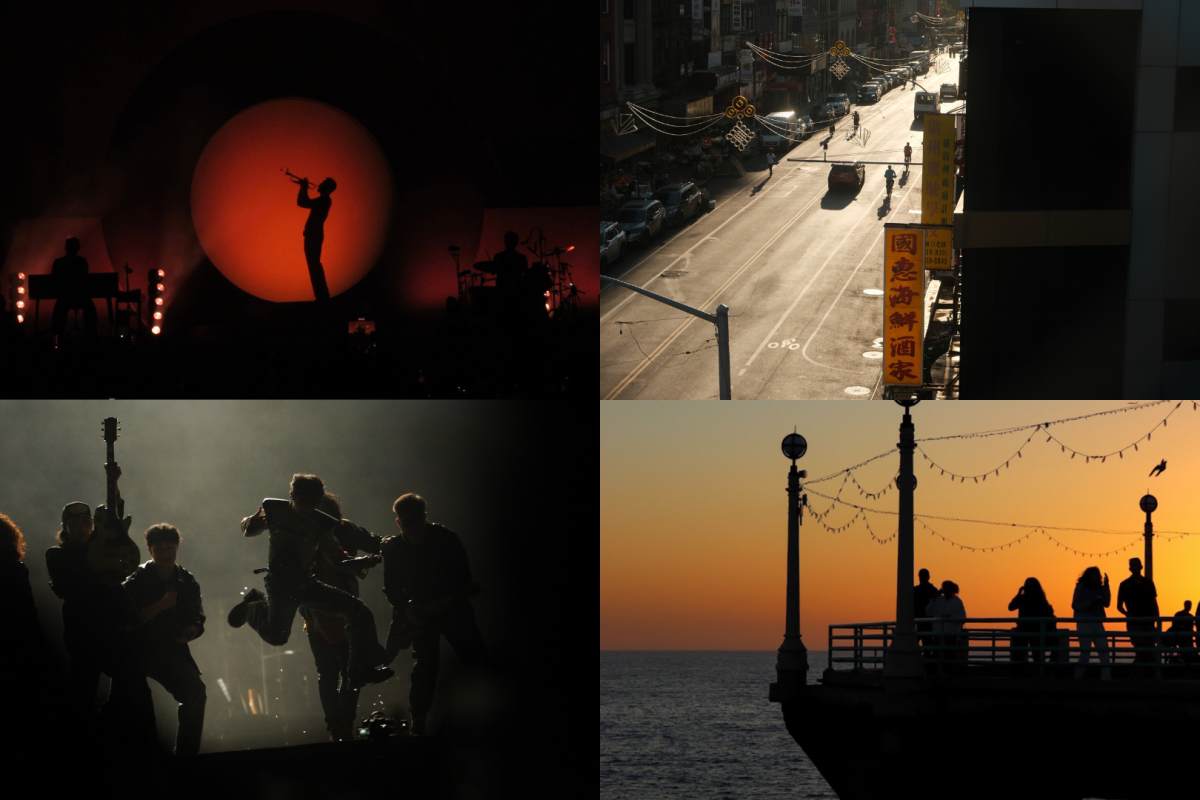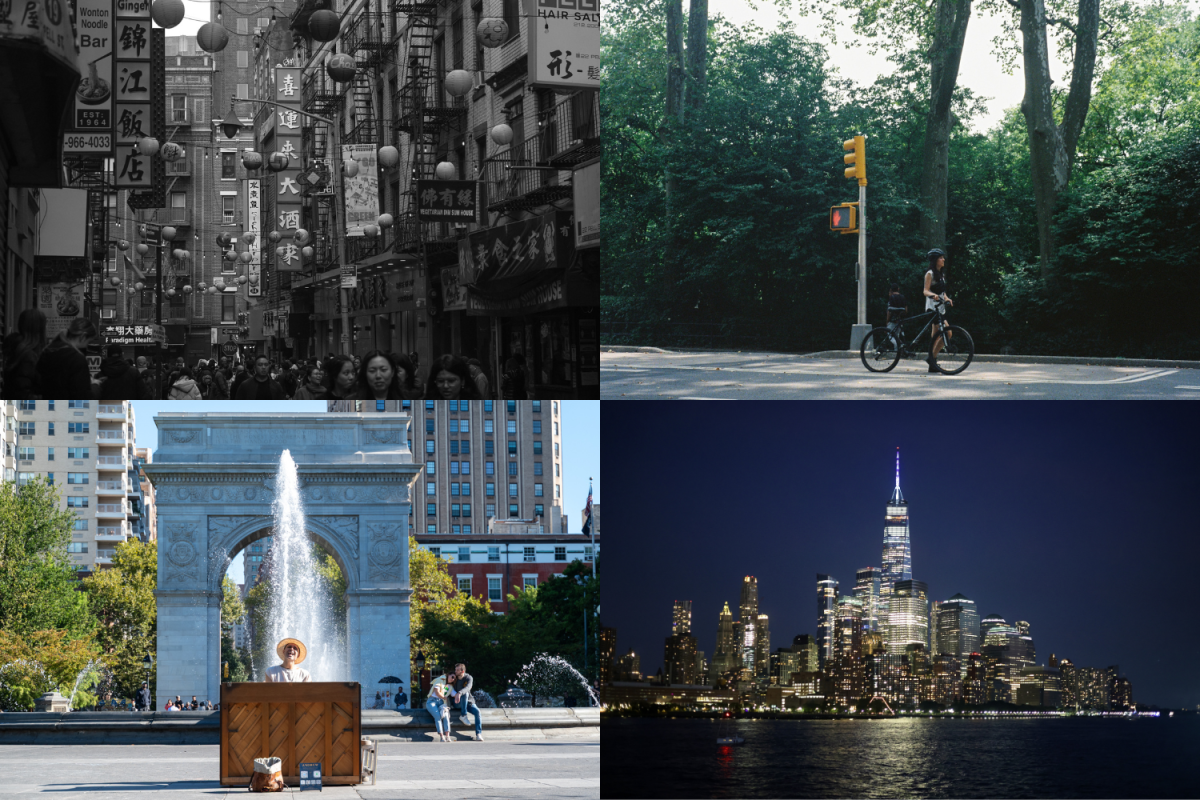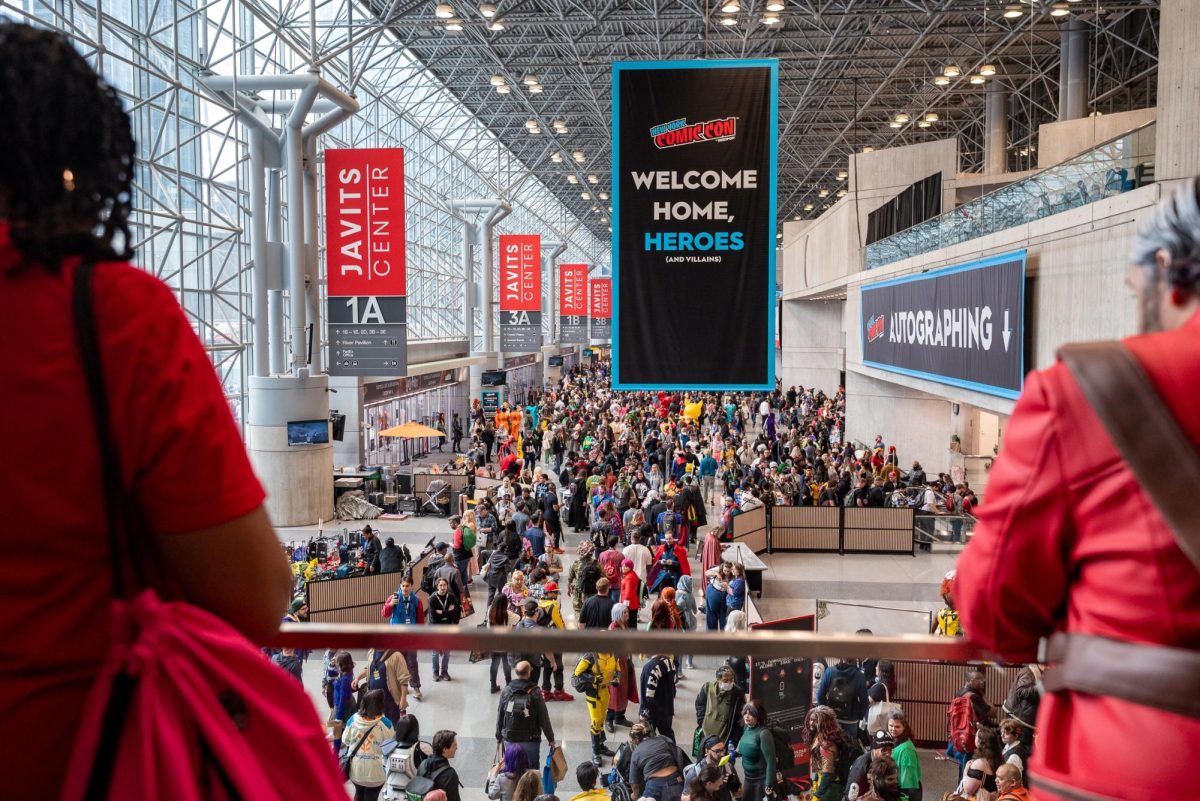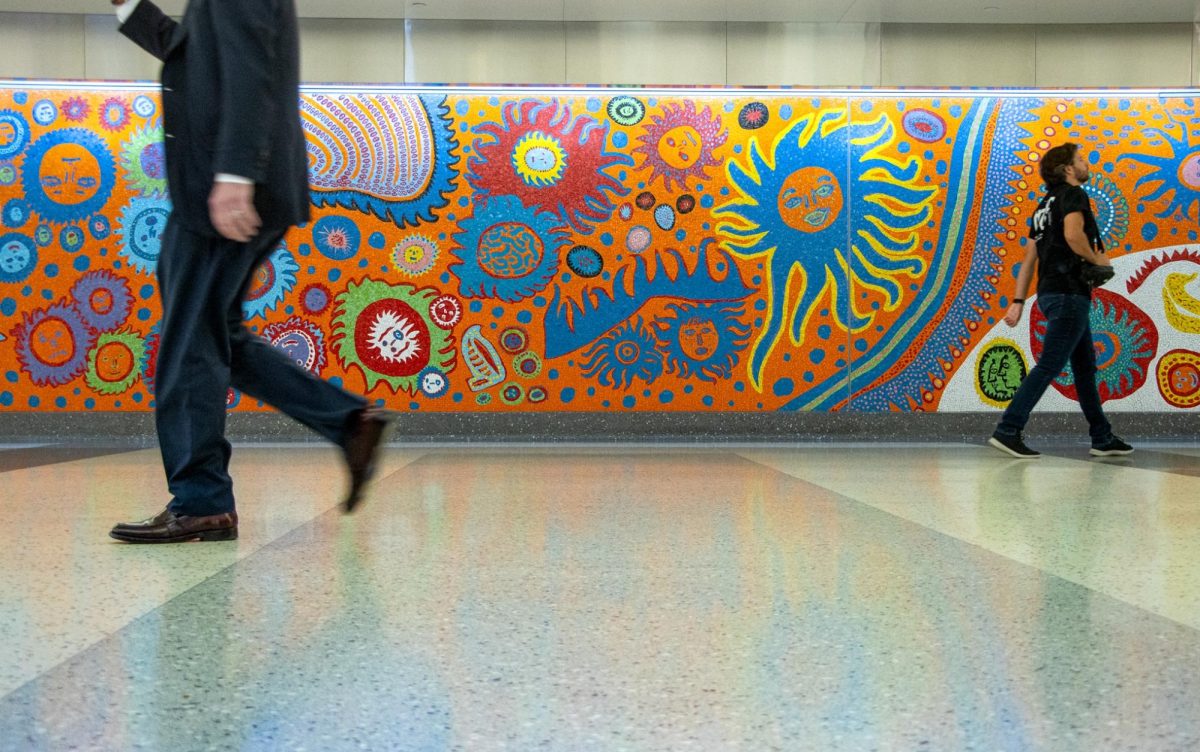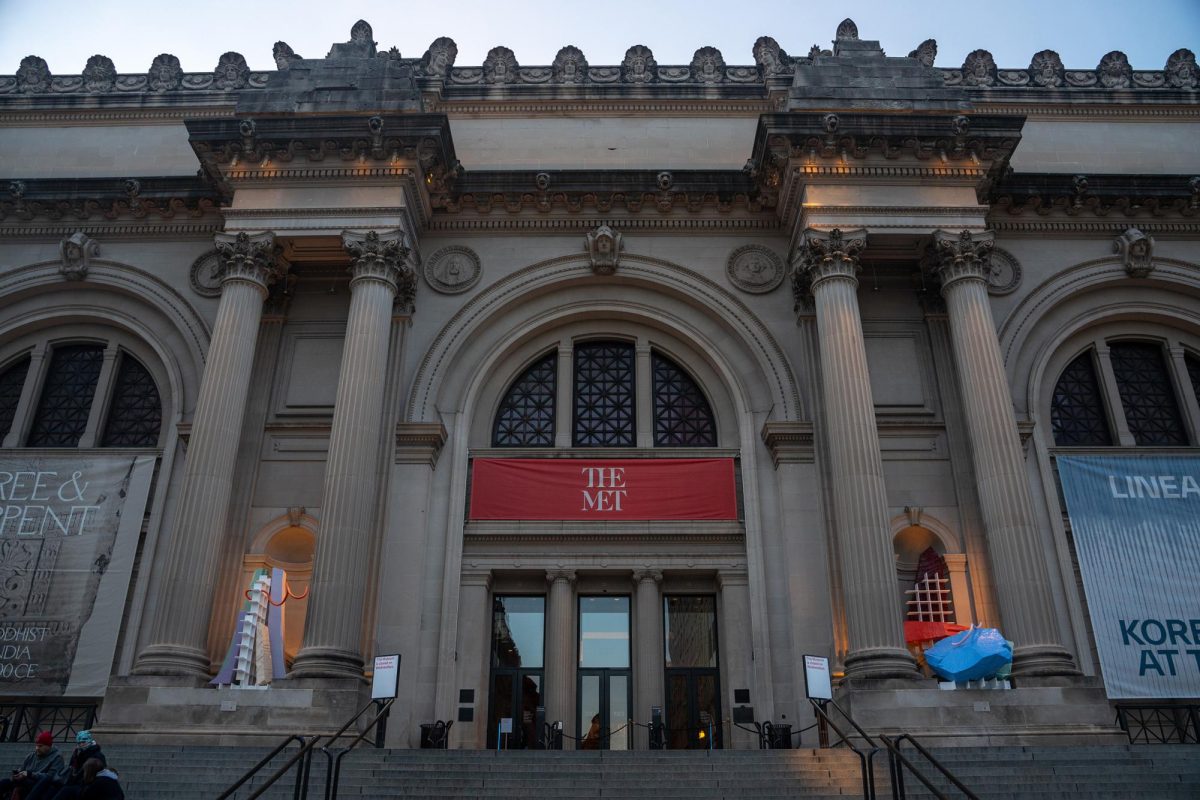On March 27, President Donald Trump signed yet another executive order with a deceptively benign title: “Restoring Truth and Sanity to American History.” What this order actually does is outline an attack on the Smithsonian Institution, particularly critiquing recent historical and art exhibitions in an effort to reshape public memory.
The Smithsonian — opened in 1846 with the mission to create an “establishment for the increase and diffusion of knowledge” — is made up of 21 museums, 14 research and education centers and the National Zoo. As a federal trust, the Smithsonian receives 62% of its funding through Congress and federal grants. It exists to educate, document and inquire. But Trump’s order attempts to hijack that mission by, as is outlined by the order, restoring the Smithsonian “as a symbol of inspiration and American greatness” — essentially demanding it to reflect state approved nationalism. Trump’s order is a clear attempt to rewrite American history by making museums into his mouthpieces.
Some of the outlined means to this end are to prohibit spending on exhibitions that “degrade shared American values, divide Americans based on race, or promote programs or ideologies inconsistent with Federal law and policy.” The order even appears to prohibit the inclusion of trans women in the American Women’s History Museum.
Above all, these guidelines are intentionally vague, which allows for sweeping limitations. “Ideologies inconsistent with Federal law and policy” posits itself as a large umbrella, under which seemingly any exhibition that does not align with Trump’s policies could be prohibited. This language is broad enough to ban exhibitions in racism, slavery, LGBTQ+ history and anything that contradicts Trump’s narrative.
Similarly, “shared American values” is questionable in its explicit meaning. Does that mean the Smithsonian can’t, for example, show non-nuclear families, another topic mentioned in the order? These unclear guidelines give the administration broad powers to dramatically stifle speech and paint an altered version of history which aligns with the current administration’s political goals.
Prohibiting exhibitions on race, meanwhile, is undoubtedly an attempt to stop the discussion and acknowledgement of slavery. The order also outlines plans to restore historical monuments that, since 2020, have been “removed or changed to perpetuate a false reconstruction of American history,” alluding to the removal of Confederate monuments during the Black Lives Matter movement. Further, the order strives to make sure that public monuments “do not contain descriptions … that inappropriately disparage Americans past or living.”
Refusing to recognize the existence of slavery, especially paired with the apparent attempt to re-glorify Confederate traitors is regressive and undoes the learning from the collective mistakes of the past. Additionally, the Trump administration recently cut a major portion of the Institute for Museum and Library Services’ funding. The clear aim is to whitewash history — to bury the sins of slavery, ignore the role of LGBTQ+ leaders and glorify Confederate monuments.
Trump isn’t the first leader in recent history who has worked to dismantle educational art and history institutions. Perhaps the most famous example is the Nazi’s Degenerate Art exhibition. Beginning in 1933, the Nazis removed over 20,000 “degenerate” artworks from German museums in a campaign to bolster and purify national identity. This art consisted of avant-garde and modernist works, which the Nazis claimed went against German purity and ideals. In 1937, the Minister for Public Enlightenment and Propaganda, Joseph Goebbels, put on an exhibition to inform the public of this unacceptable art, equating modernism with mental illness. Similarly, under Joseph Stalin’s rule, art in the Soviet Union was heavily controlled, demanding artists align their work with the agenda of the Communist Party.
Ordering that the Smithsonian’s exhibitions conform to showing only works that exemplify “American greatness,” closely mirrors the sentiments behind removing artworks from German and Soviet museums. This is a blatant effort to not only blind the American public to their history, but to turn educational institutions into vehicles for propaganda.
And the Nazi’s nationalist cleansing of art was just the beginning to Hitler’s plans. Trump taking a page out of the same authoritarian playbook indicates that this is not just about museums, but about creating a population that only knows the stories, history and art the government shows them.
This sets a dangerous precedent that has dark implications for artists and art institutions. To limit art is to limit free speech and expression — two steadfast American values. Art has commonly been a vehicle for political change. Art, like the public exhibition on Pennsylvania Avenue that showcased 17,000 shoes as a memorial for the children killed during the war in Gaza, intensify public concern and opposition to U.S. foreign policy. Stifling the autonomy of art institutions doesn’t just limit creativity, it’s another way for Trump to silence dissenting voices through a disgusting abuse of power. Just last month, an exhibition centering Black and queer artists at the Art Museum of the Americas in Washington, D.C., was canceled in the wake of Trump’s attacks on diversity, equity and inclusion policies, stripping artists of the chance to share their voices.
Trump’s order is not about “truth” or “sanity.” It’s about control. Unfortunately, these actions are likely just the beginning of an avalanche of attacks on the arts that are to come. But we cannot let the artists and institutions we trust to tell us the truth — even the hard truths — be forced to lie. It is important, more now than ever, that we question the history we are told and be wary of sources with clear bias or political agendas.
WSN’s Opinion section strives to publish ideas worth discussing. The views presented in the Opinion section are solely the views of the writer.
Contact Alexa Donovan at [email protected].

